I lead a 4H club focused on Maker themed projects. We build Rube Goldberg machines and build other crazy things. I have always found Serial Addressable LED very interesting. At the same time I wanted to do a project with the club around arduino's for this year. I have also been thinking about building a display for the 4H barn for a couple of years. The main issue was the cost was on the the high side. The cost has come way done recently. I also realized that there was a lot I didn't know about trying to build a project this large. I needed to build a smaller project and discover what I didn't know and if I could solve the problems. I built a small 20x15 matrix LED board and realized it was more fun then I expected. I knew right then I had the 4H project I was looking for. I also learned a lot. I experimented with different Arduino libraries, NeoPixel, NeoMatrix and FastLED. I also found that soldering the connections was tedious, tested the quick connectors, but found that with the quick connectors I saw lots of voltage drops. I didn't see this with the soldered connections. I was very very interested in getting a handle on how to handle power. If I was going to build a very large display I wanted to make sure I had a solid idea how I was going to power the entire matrix. I also broke down the project into phases, Phase One had to be done by July 21 2019. I need to mount the LED Display in July, if not done by this time I will have to wait a year. Things like a diffuser would have to wait until the next year. I need the ability to enter new "phrases" form a keyboard. I would like to use a USB keyboard and not a Din connector keyboard. I need a strong box to mount the LEDs and the Arduino's and power supplies. I am very concerned with Power, the environment of the barn is very hot no AC. I want to make sure the power supply will be able to work for 10 straight days working 14+ hours a day. The interface to update the displayed "Phrases" needs to be easy to use, I may not be there all the time. I also want to have the 4H kids build as much of the display as possible, and be involved in the programing. This requires a lot of prep work, I need to have worked out the details before have a club build session, so we can make the best use of our limited time.
Very large LED Display
Build 8.2 ft Serial Addressable LED Display. Will be used to display message and basic animation. Leading 4H club project
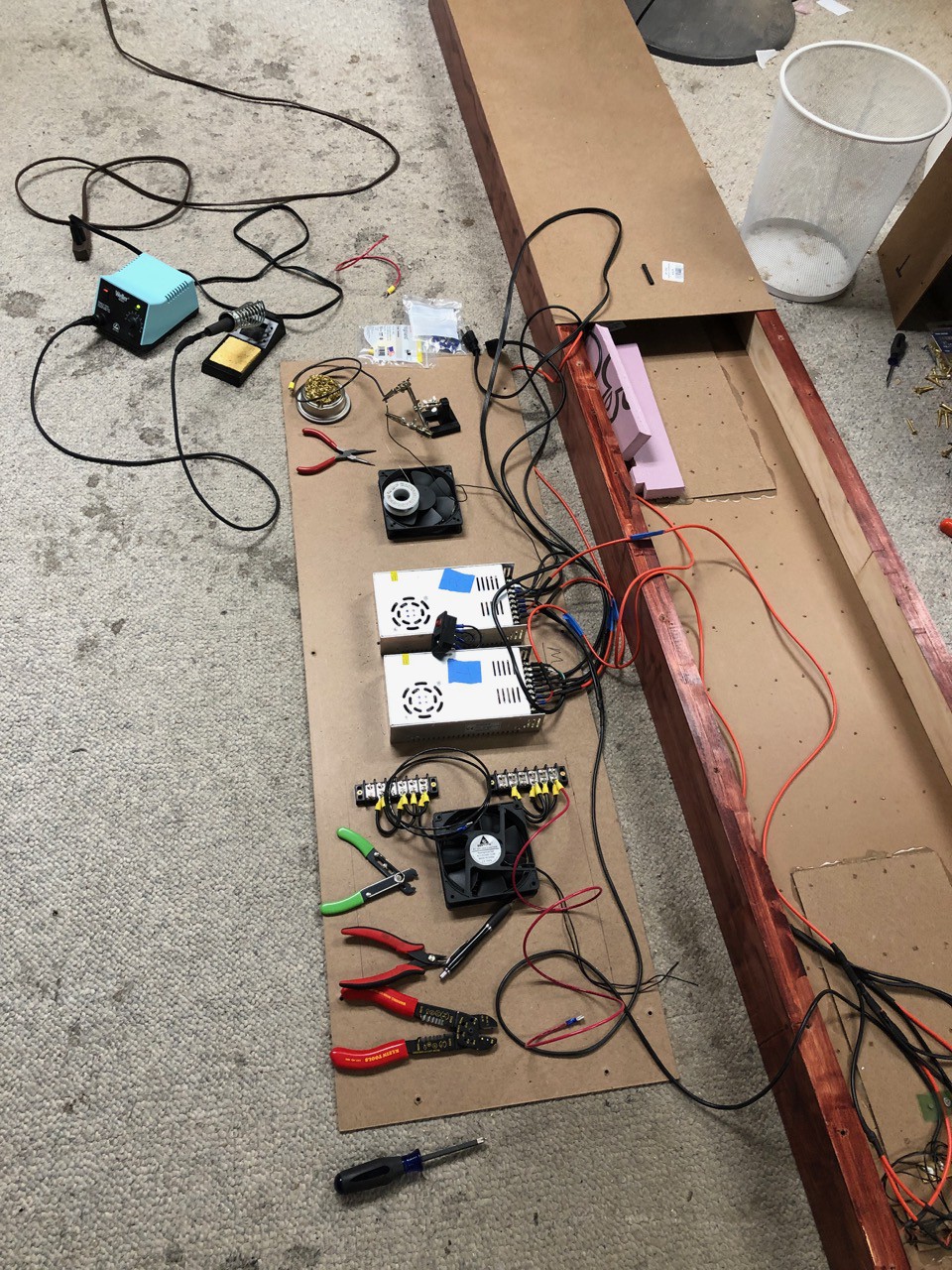
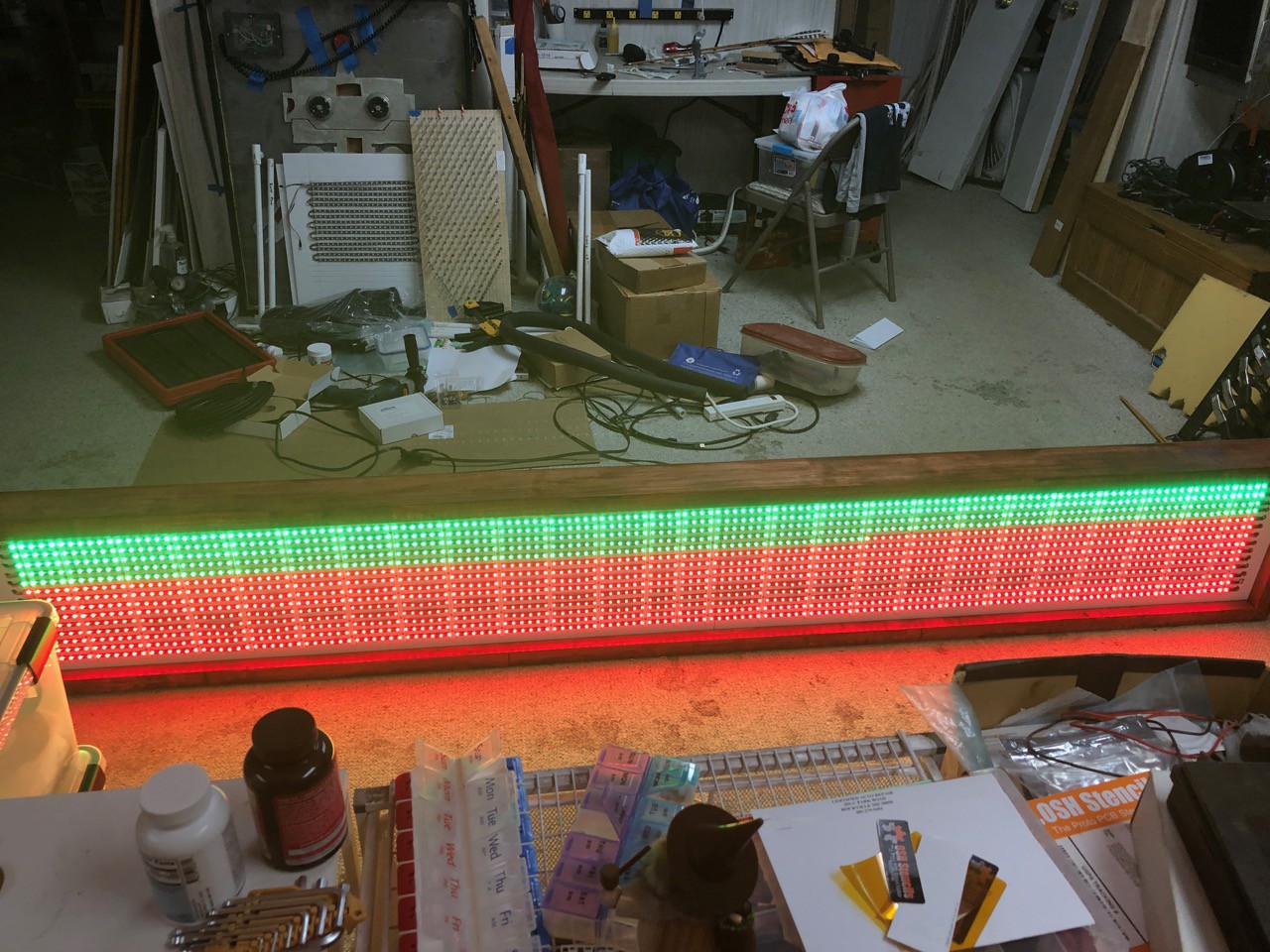
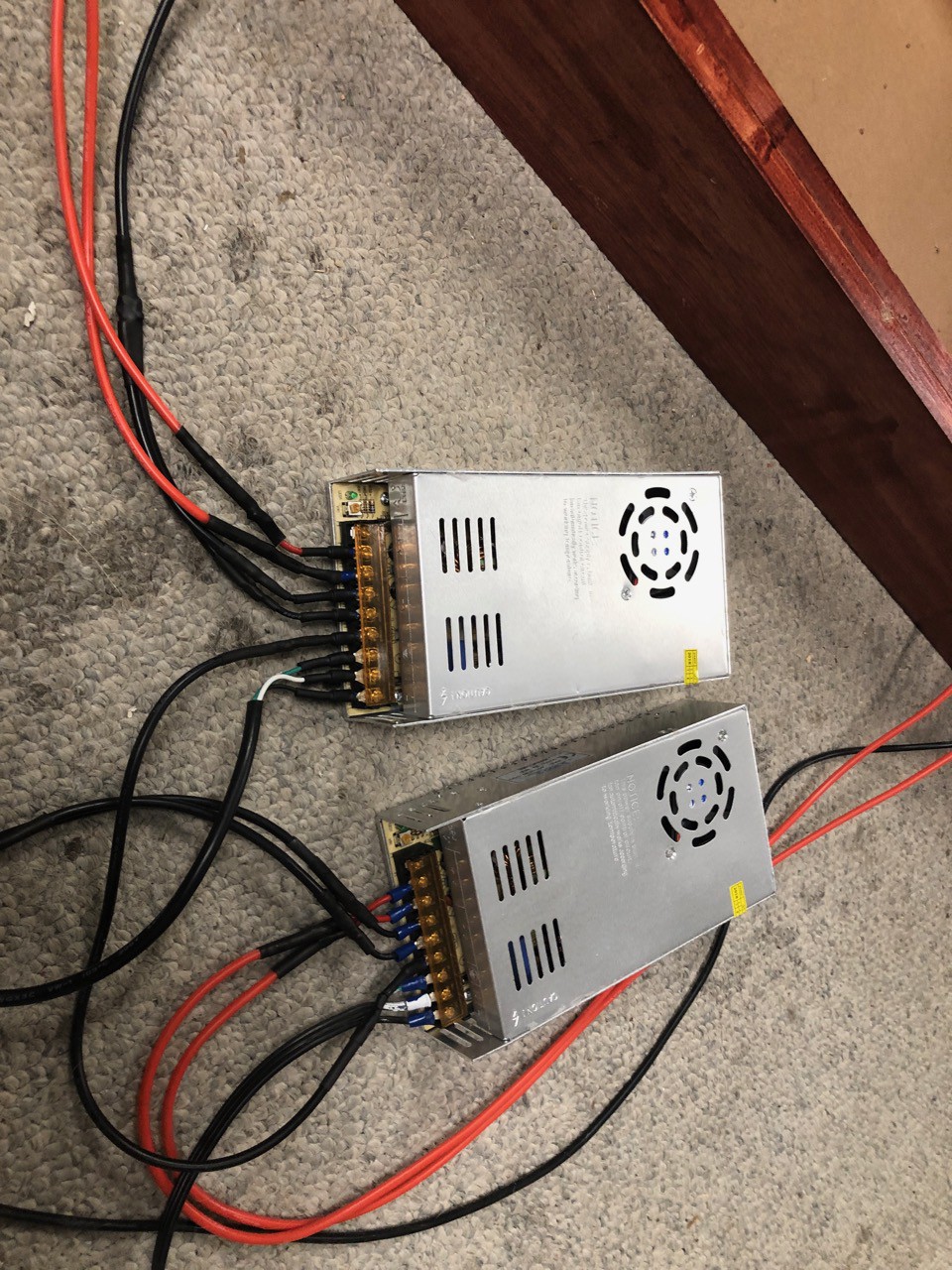
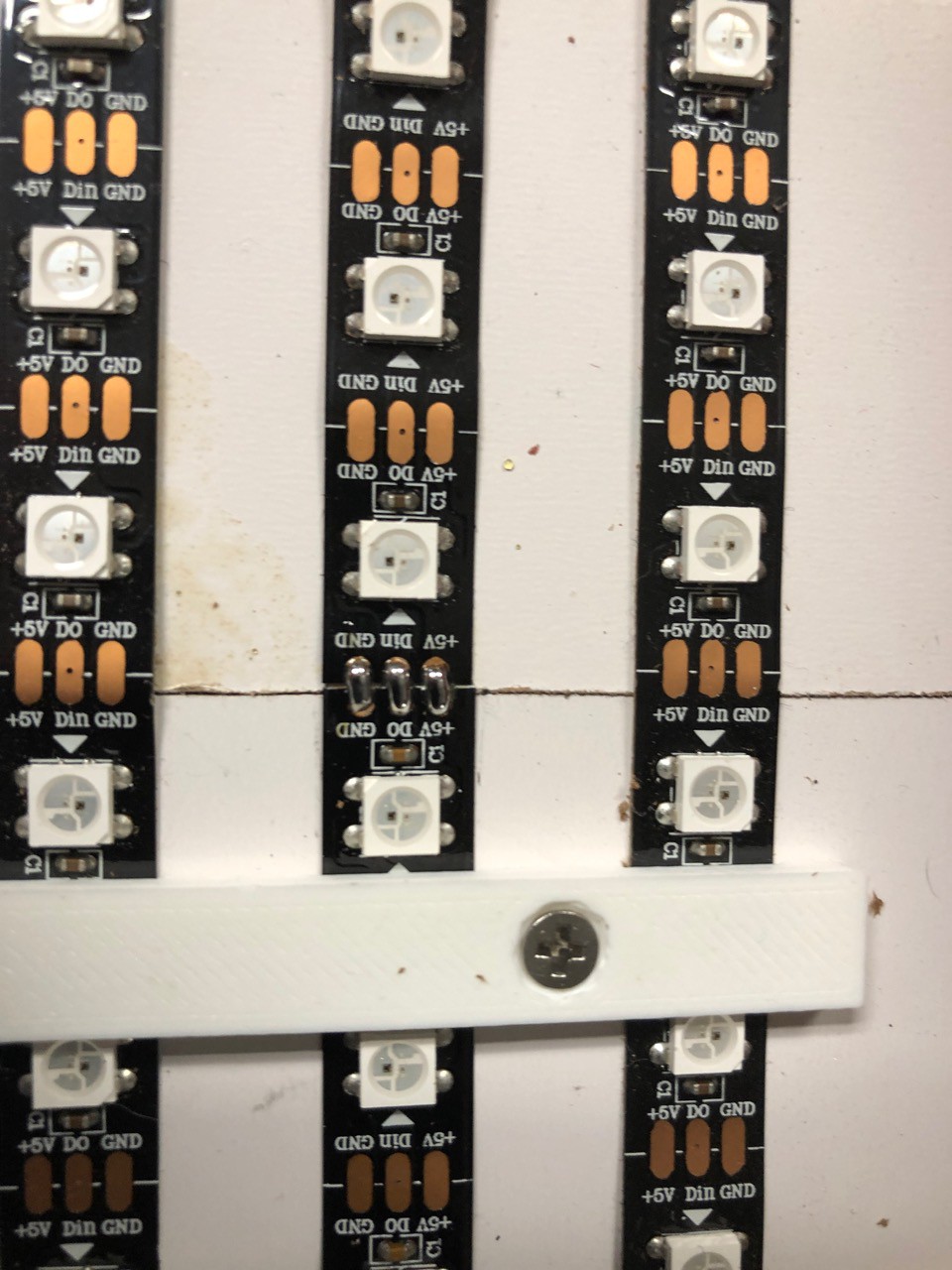
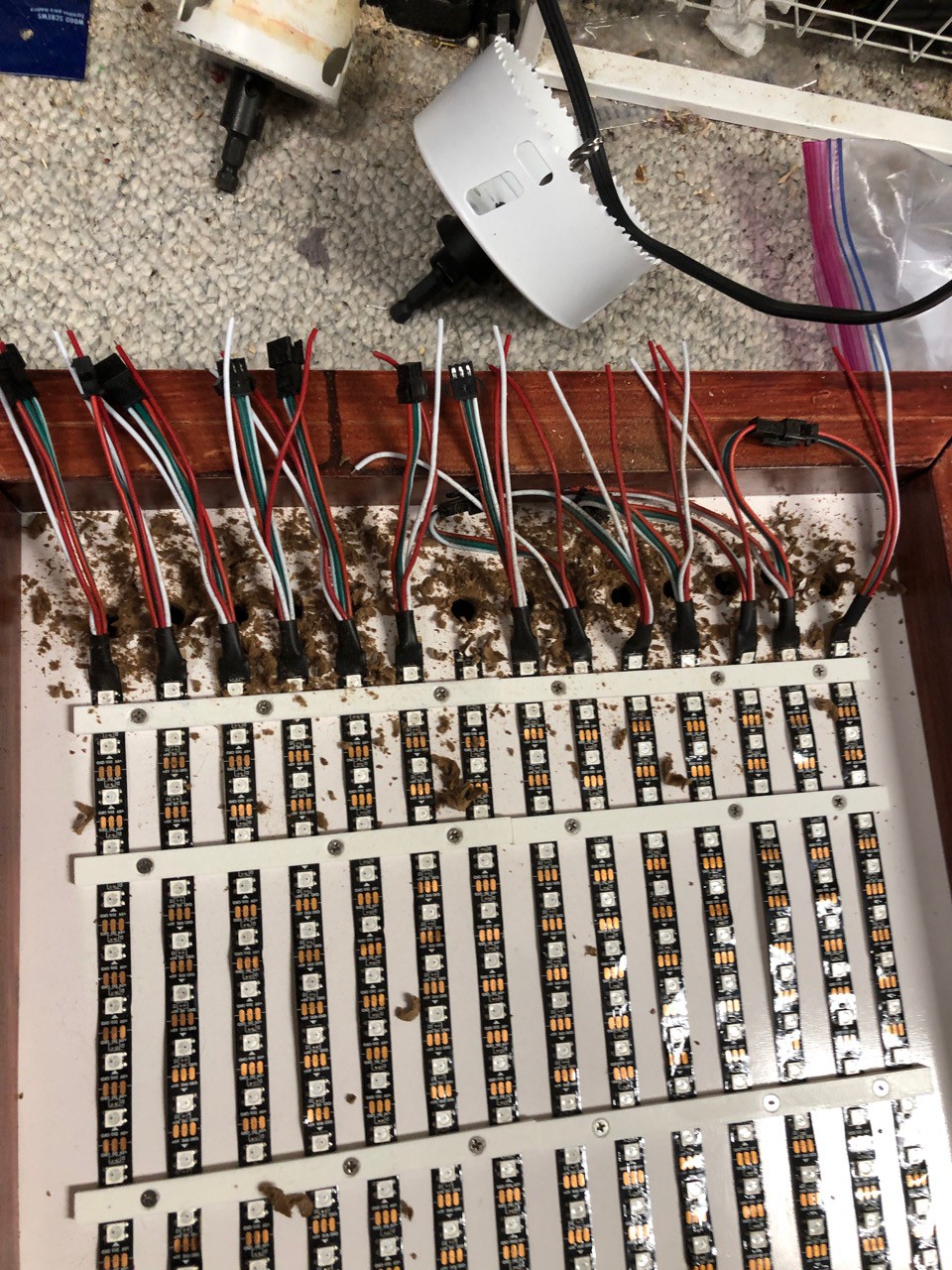
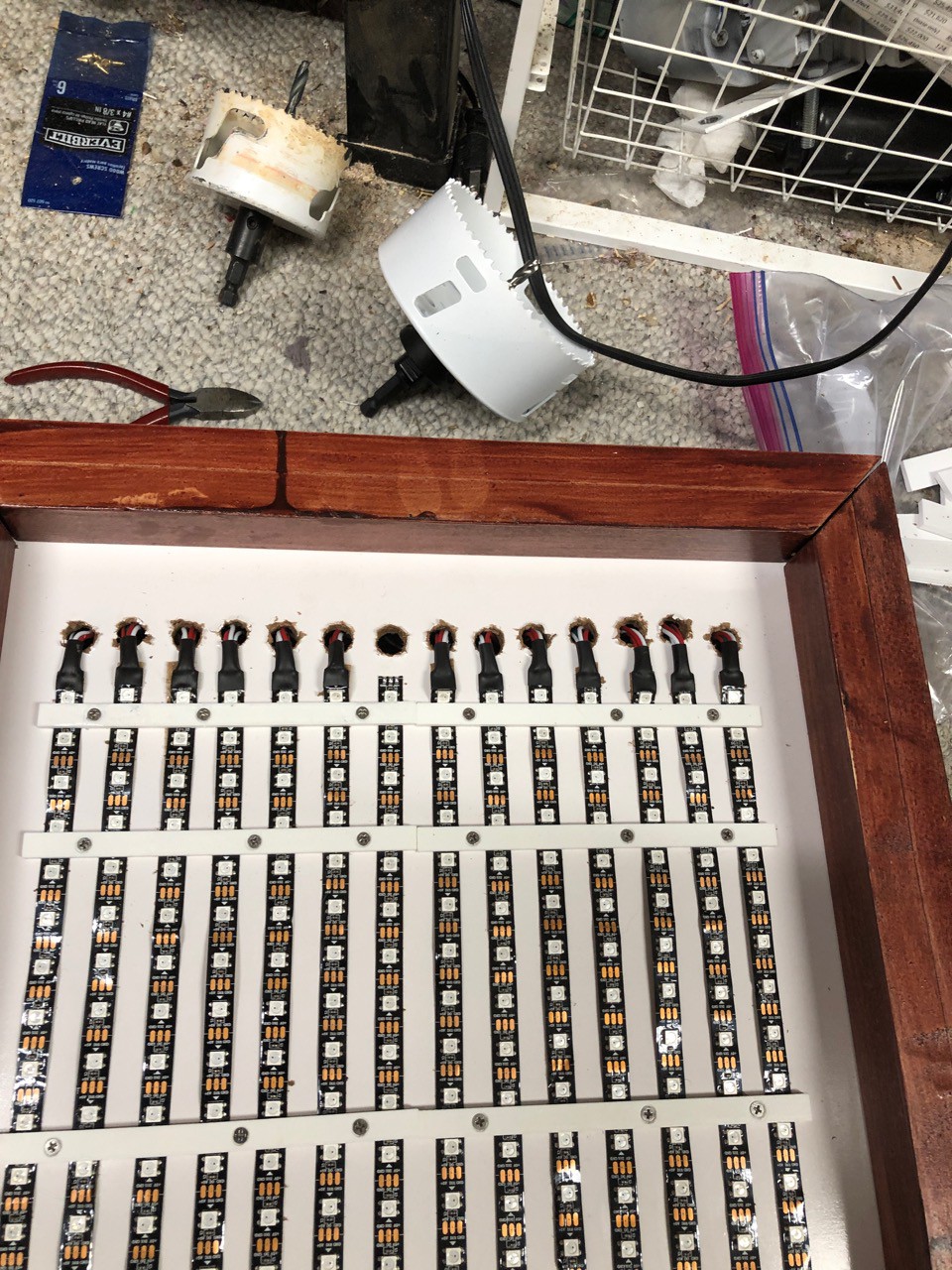

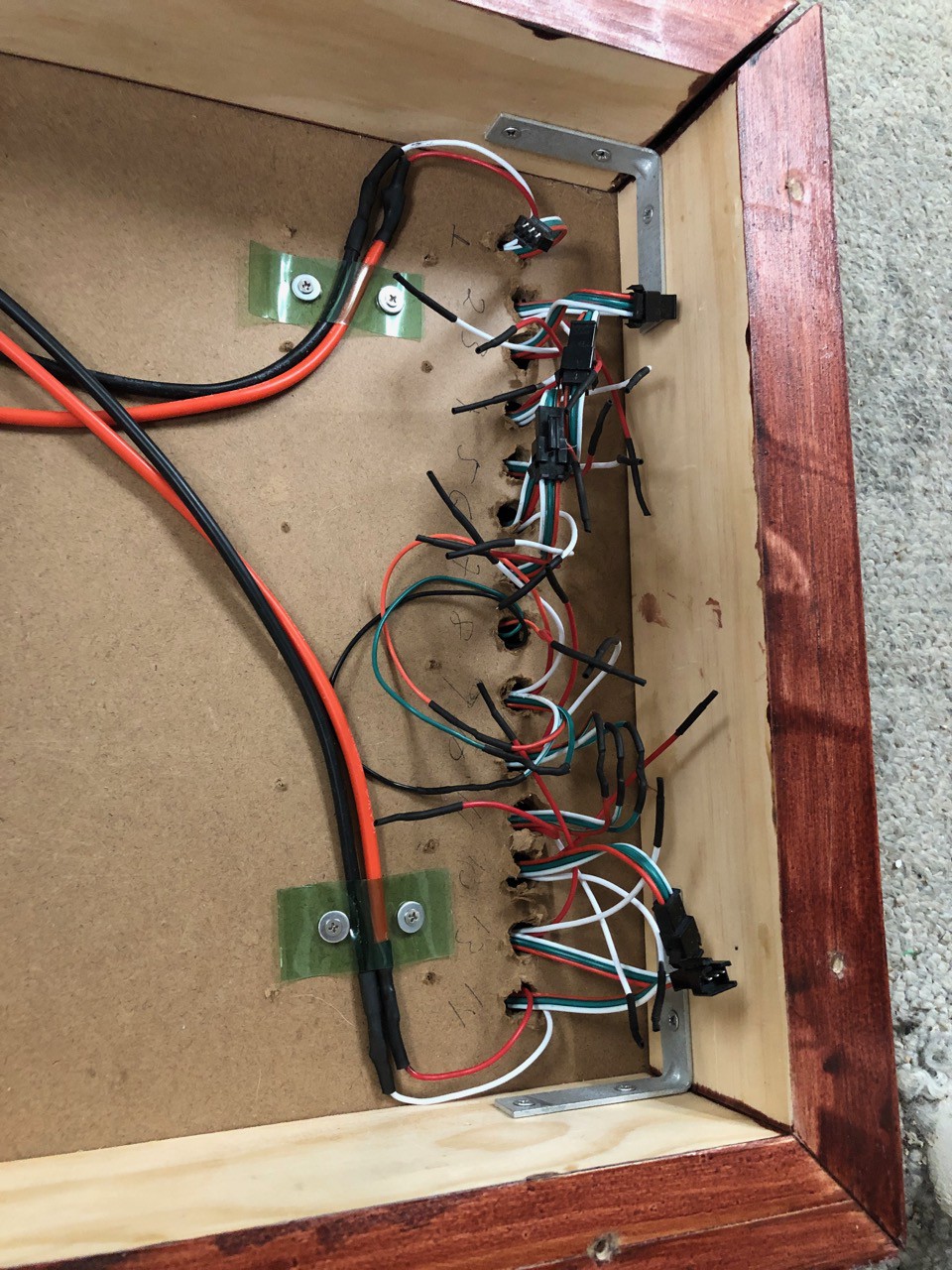
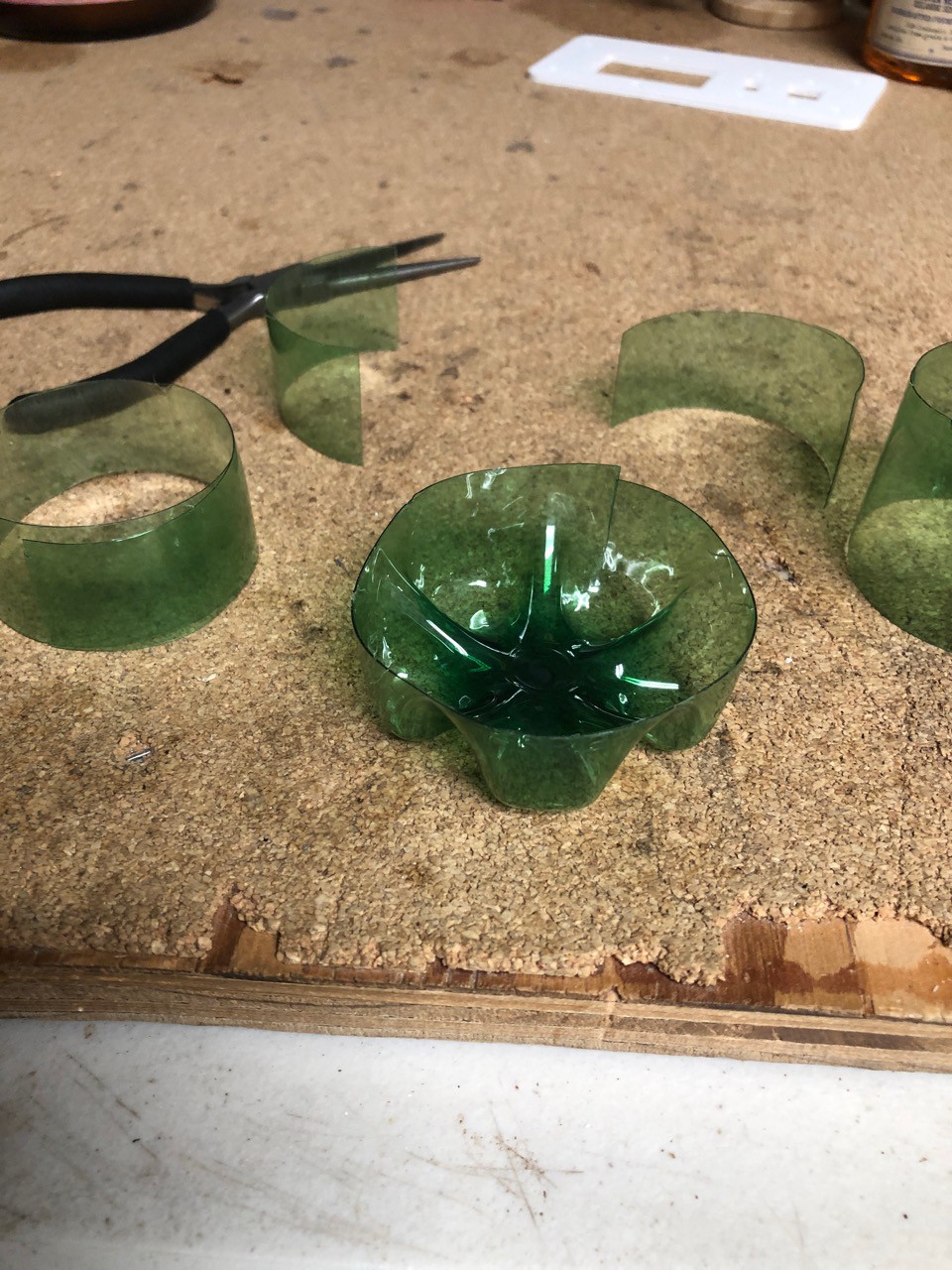
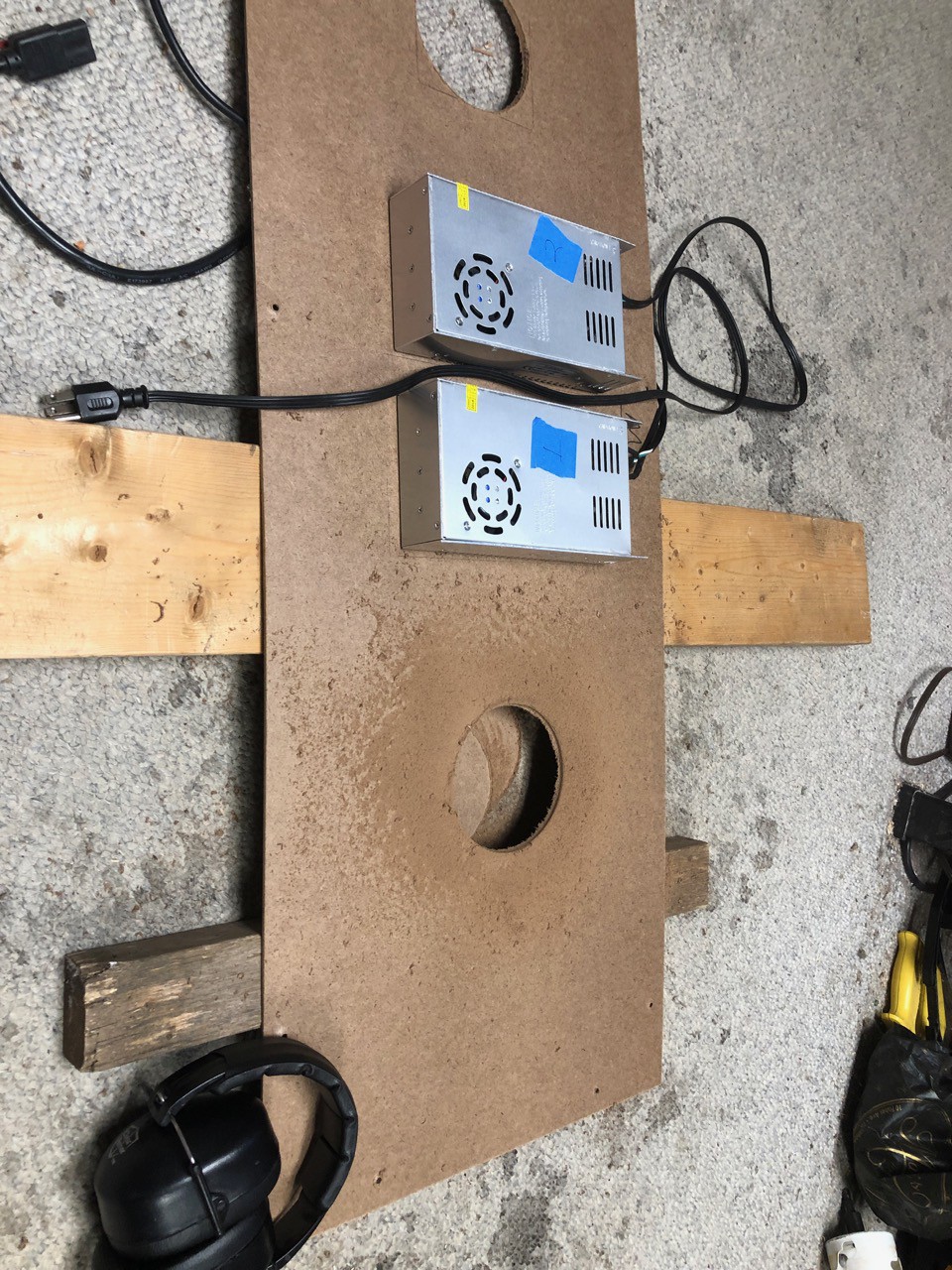
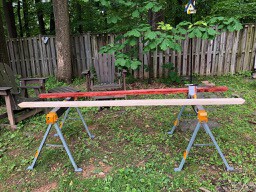

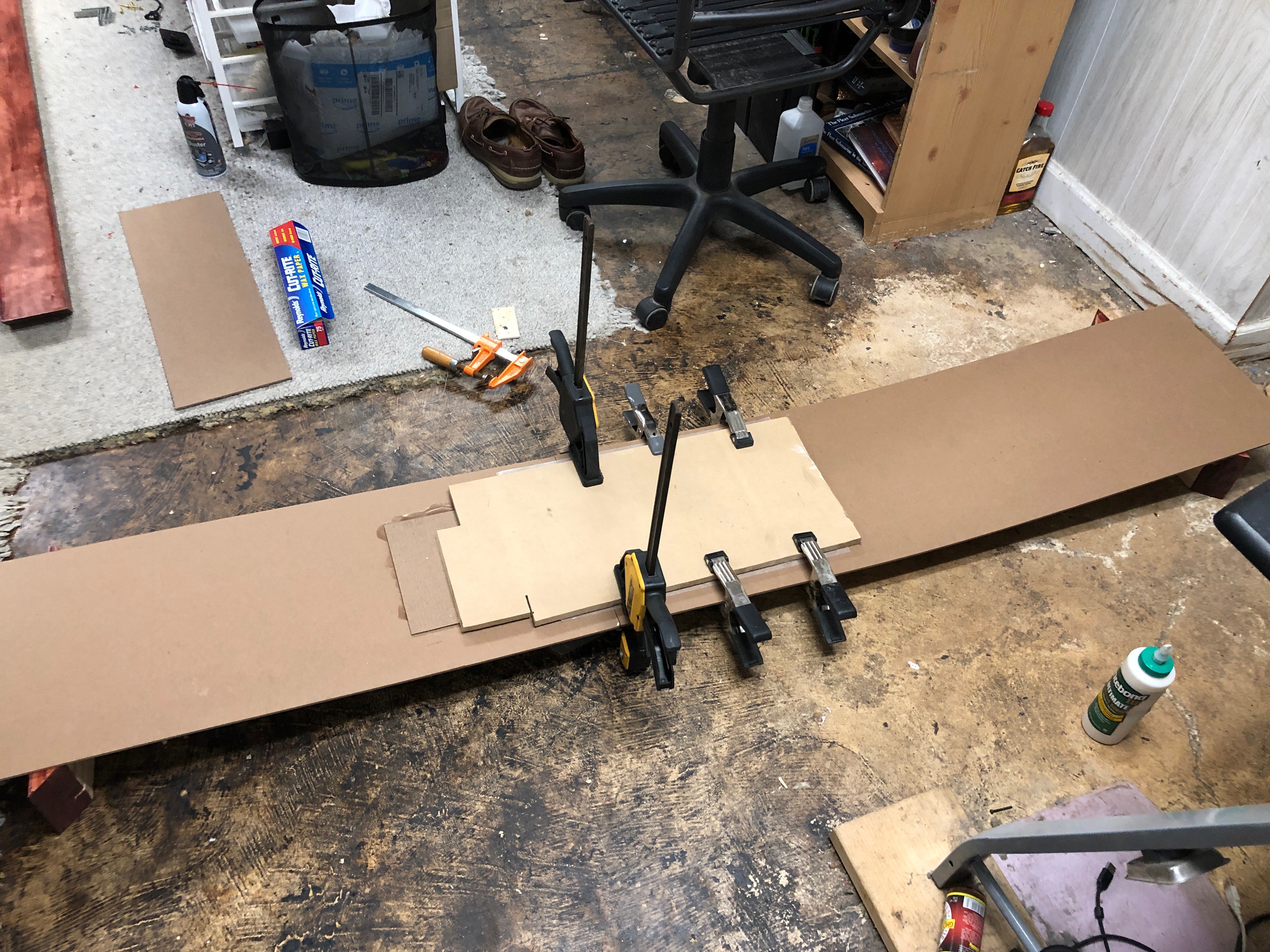
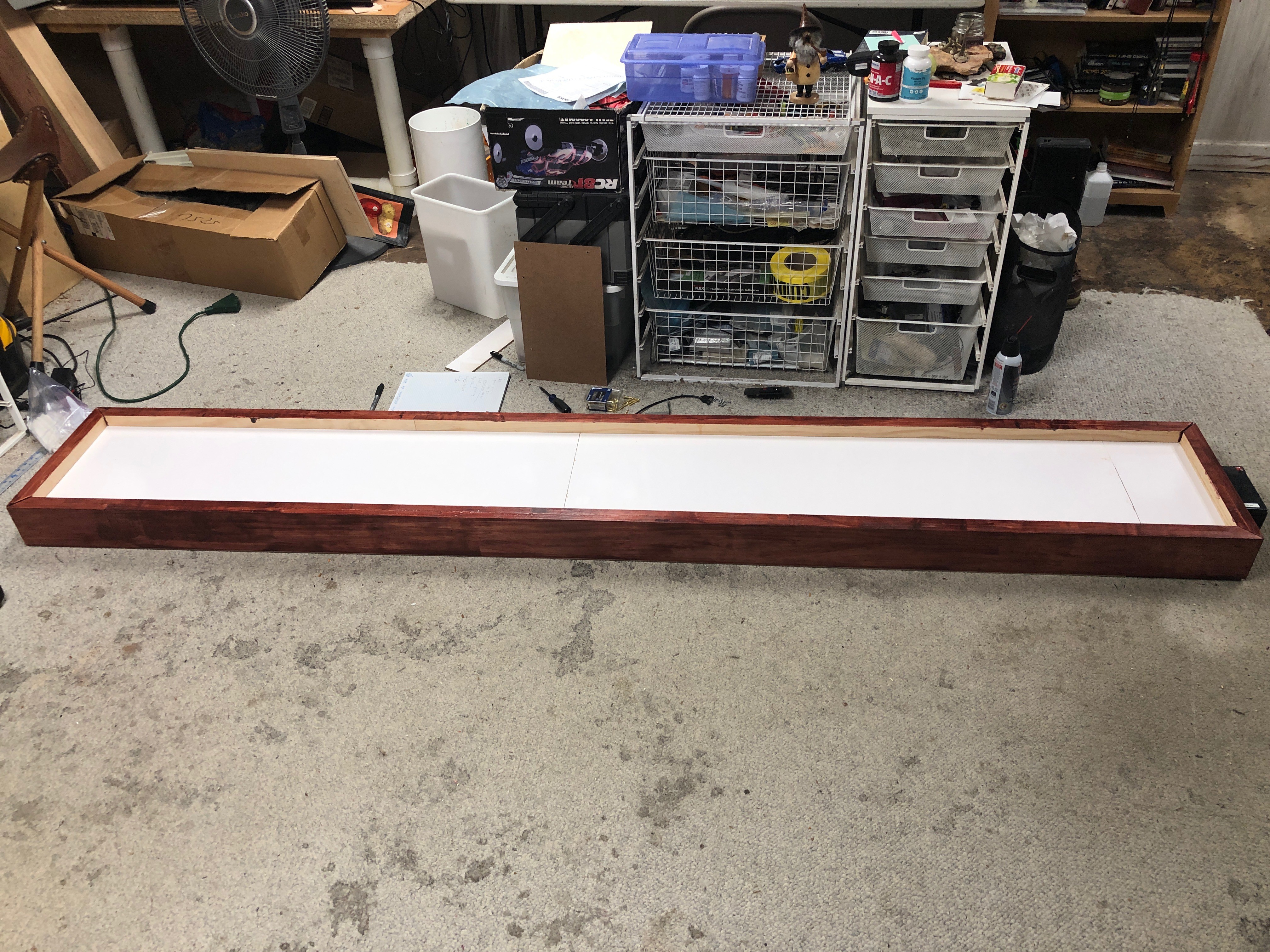
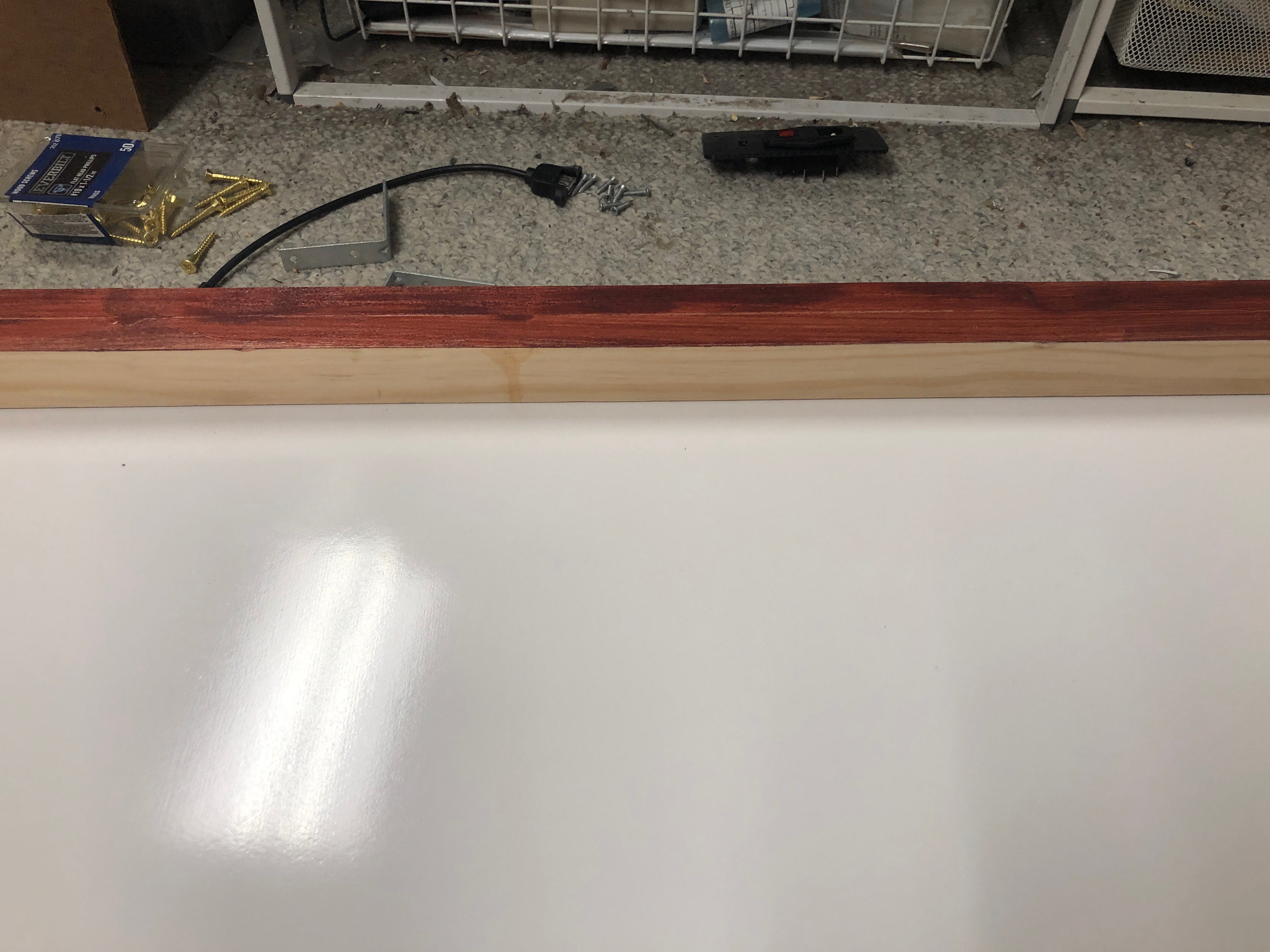
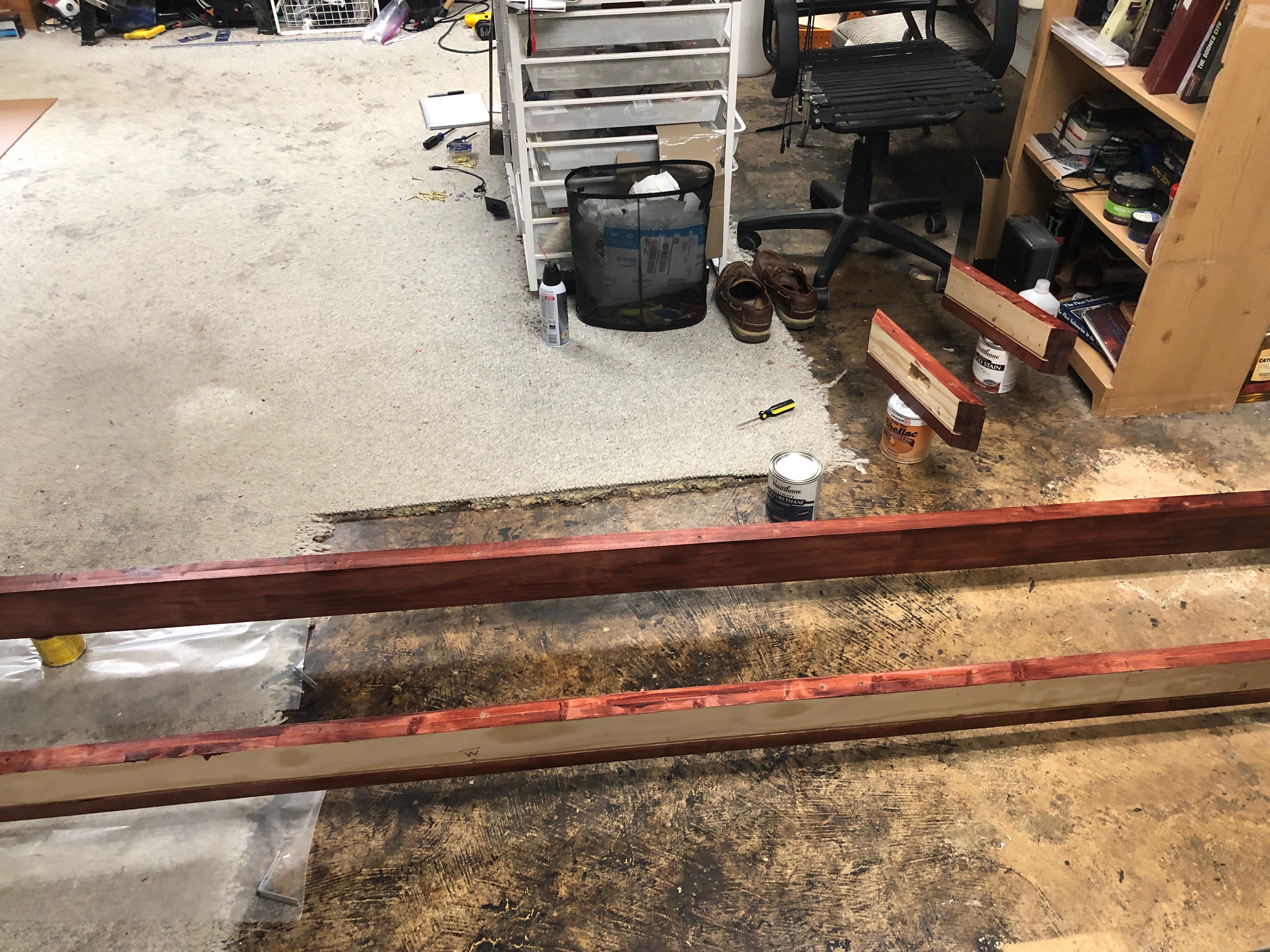
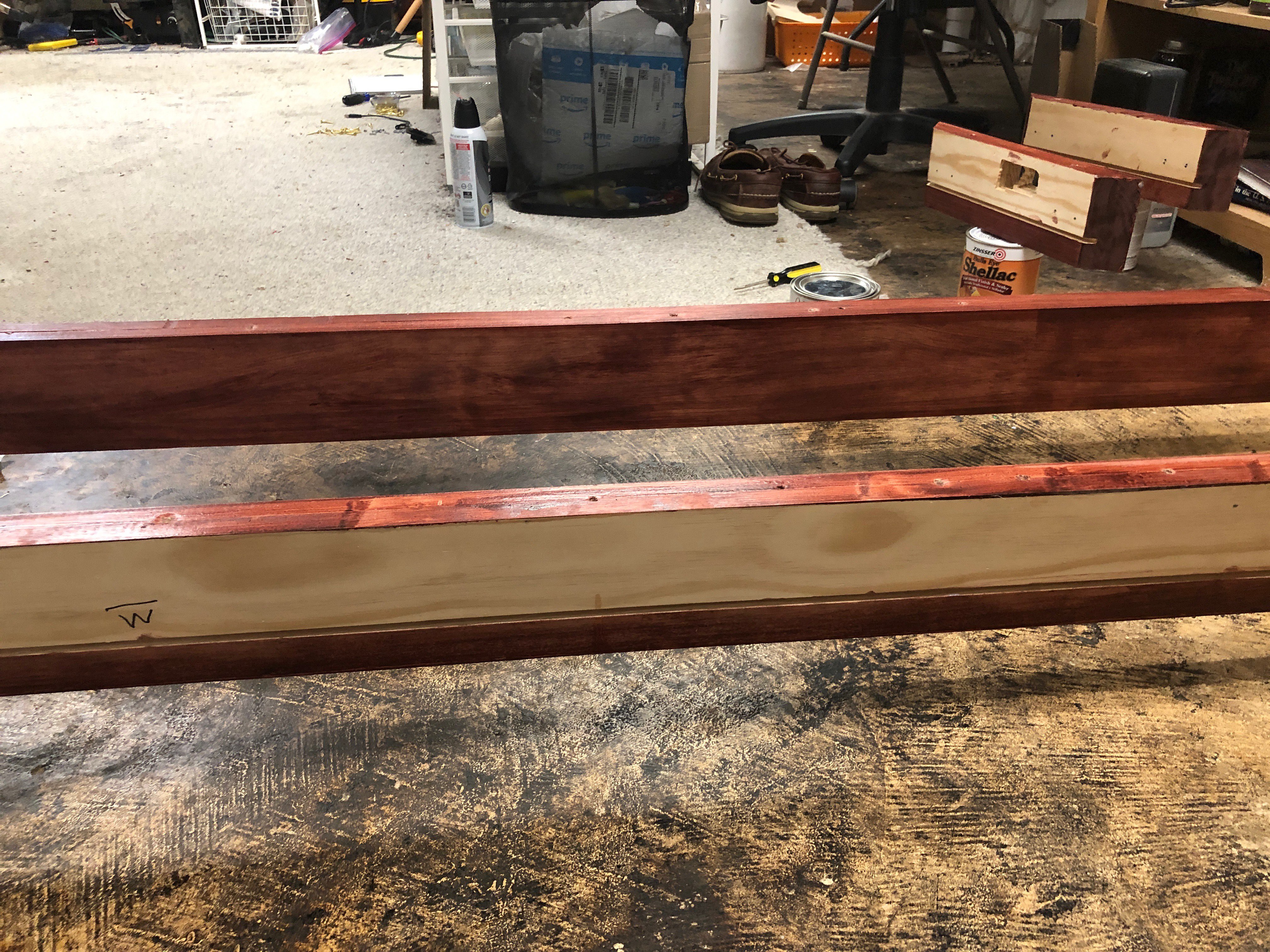
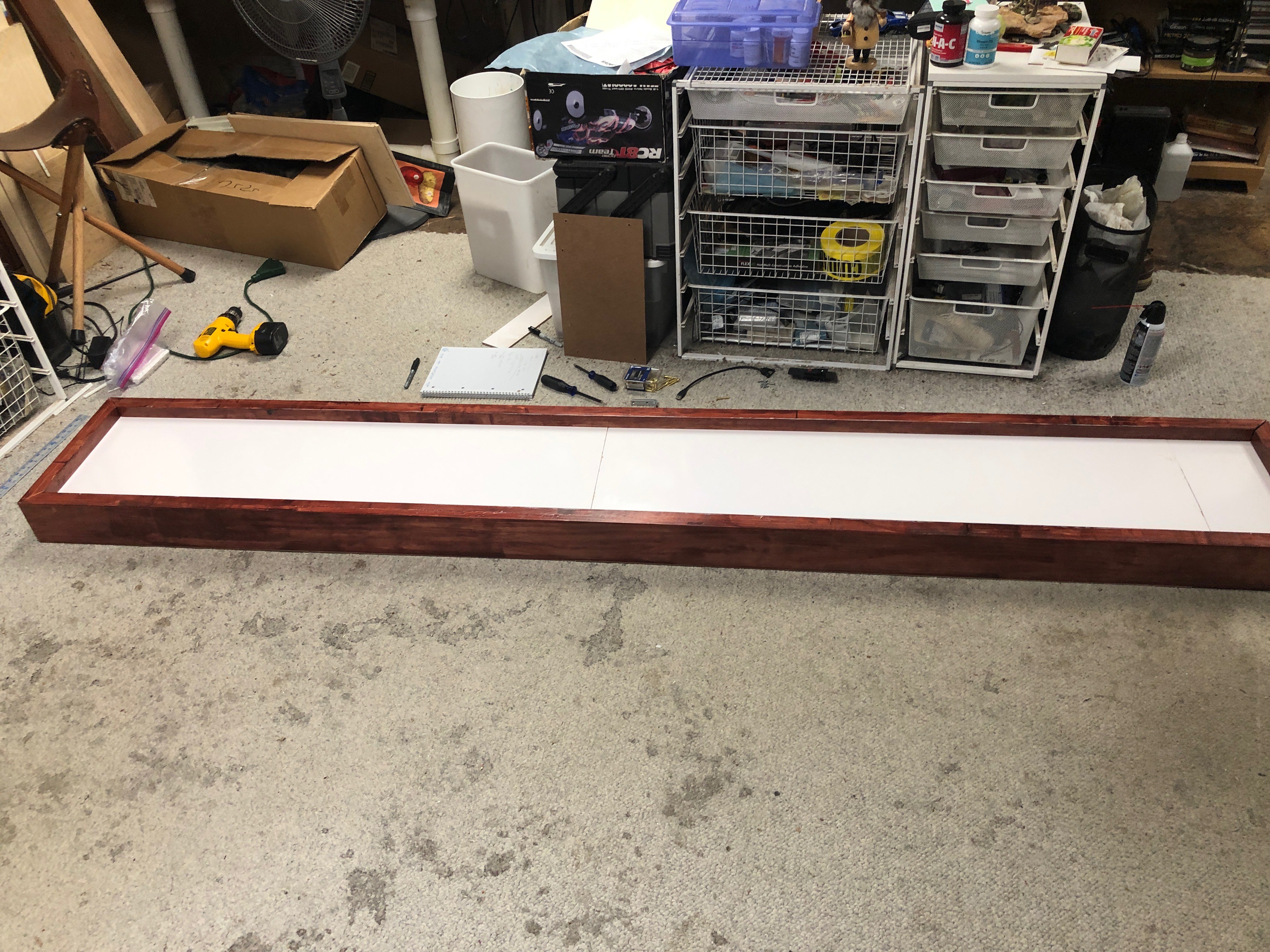
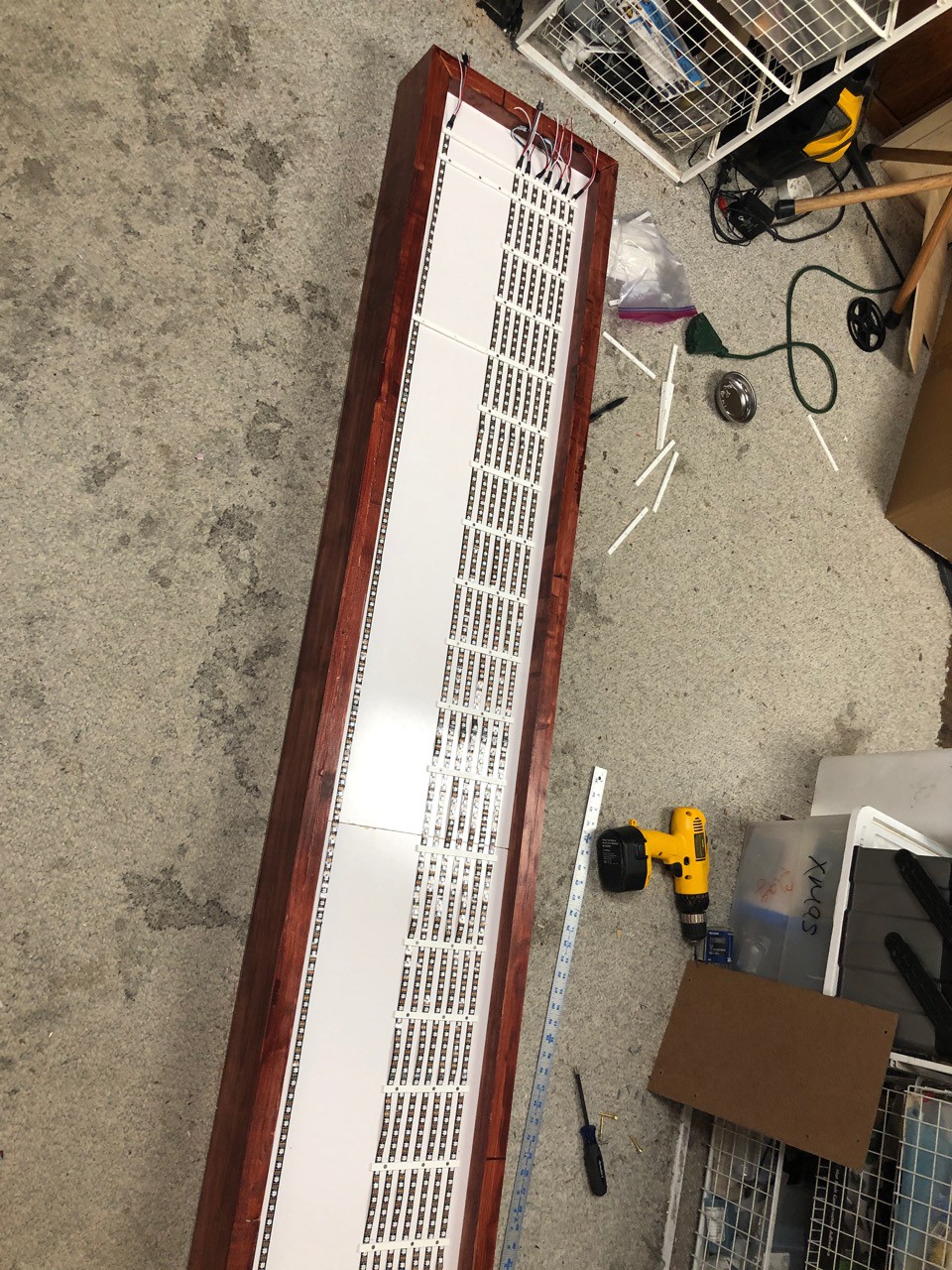
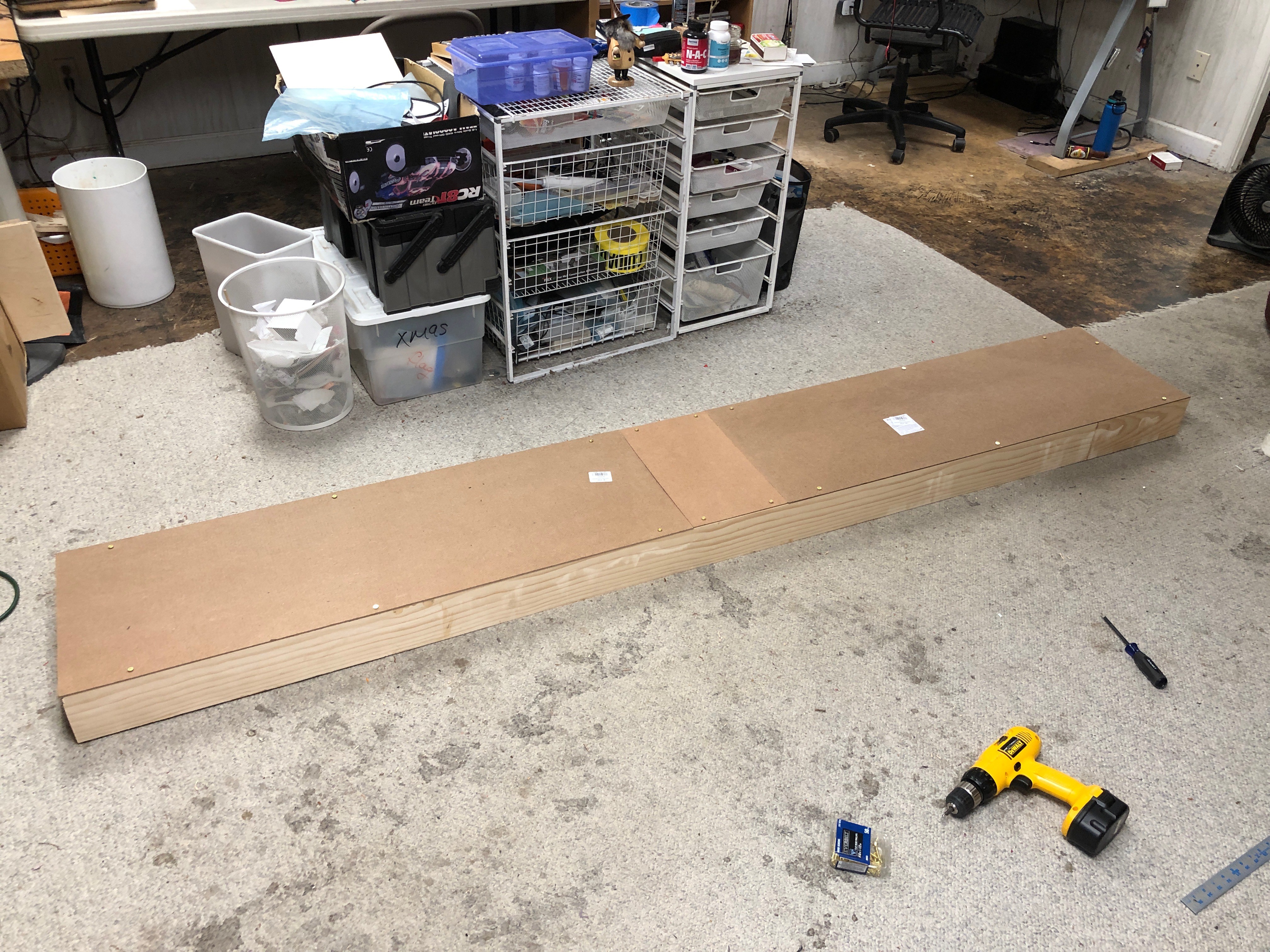
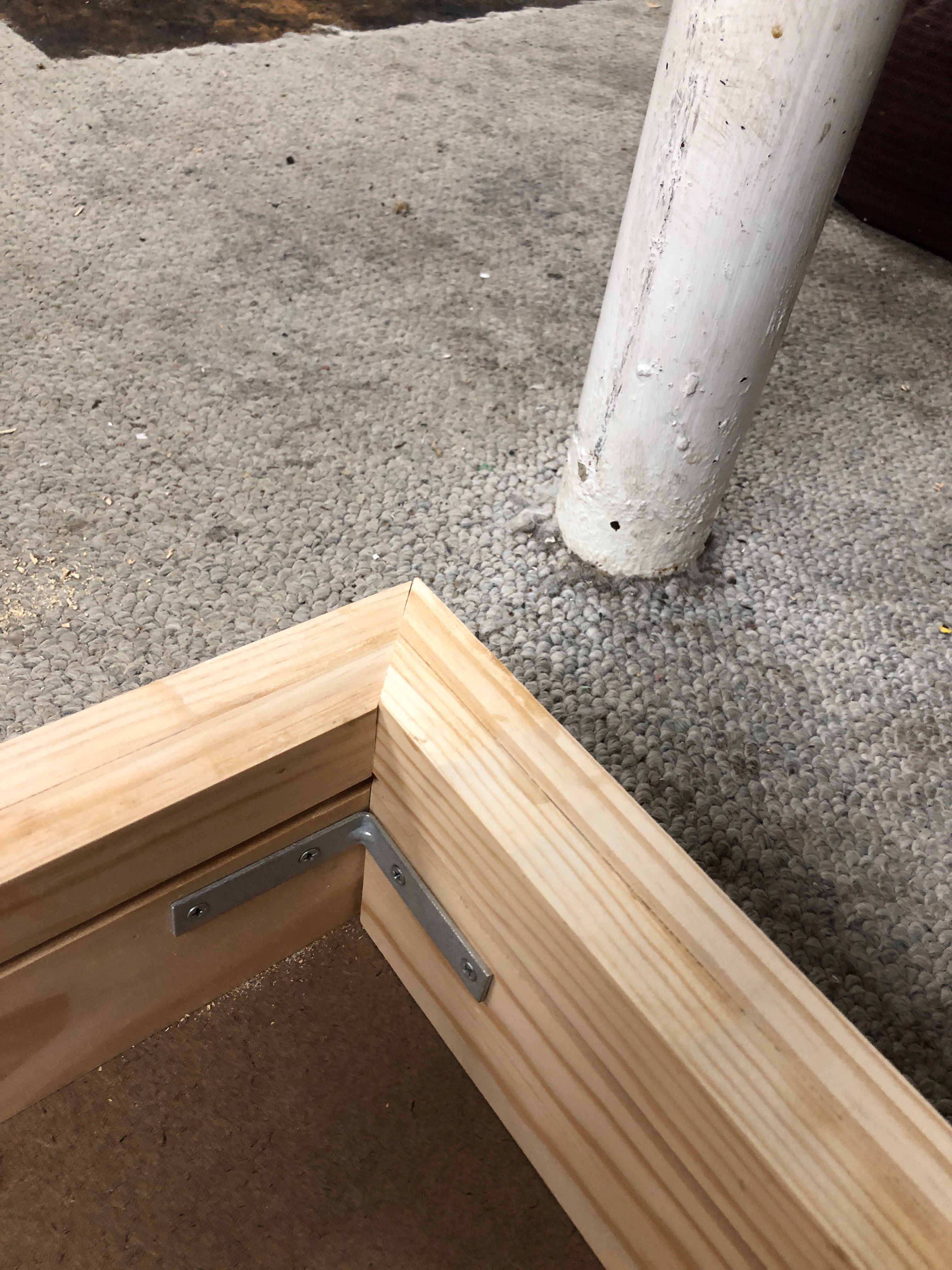
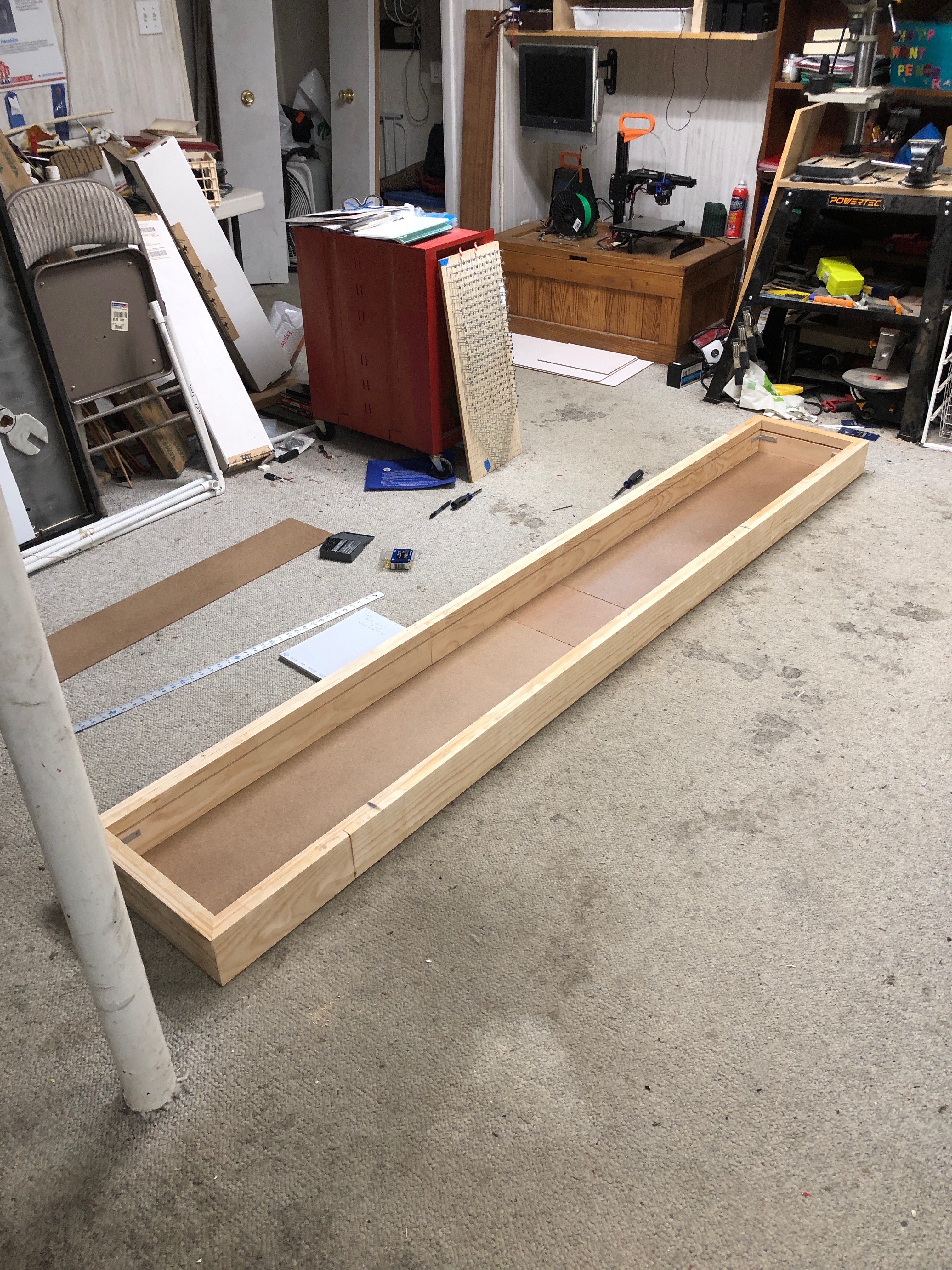
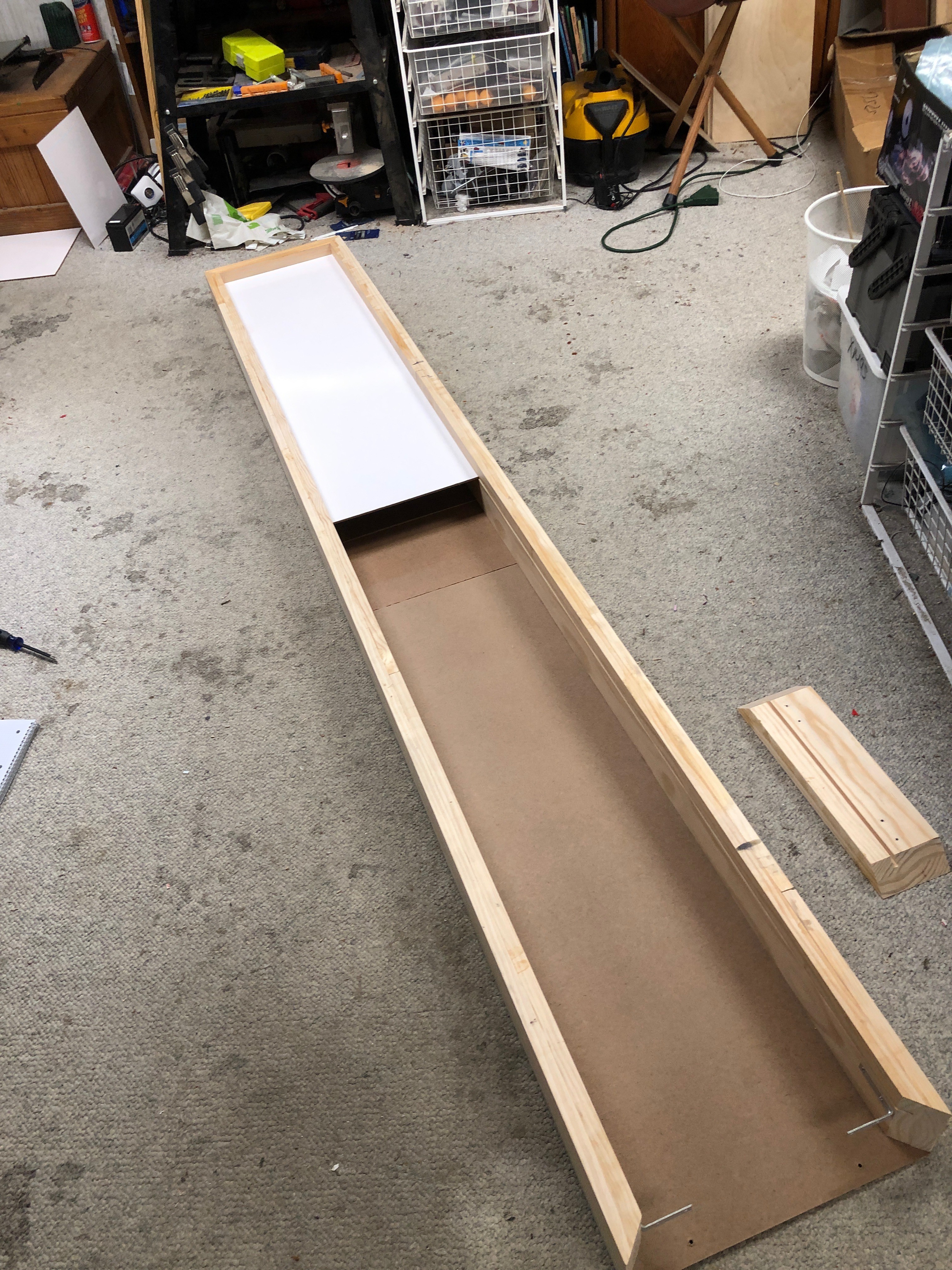
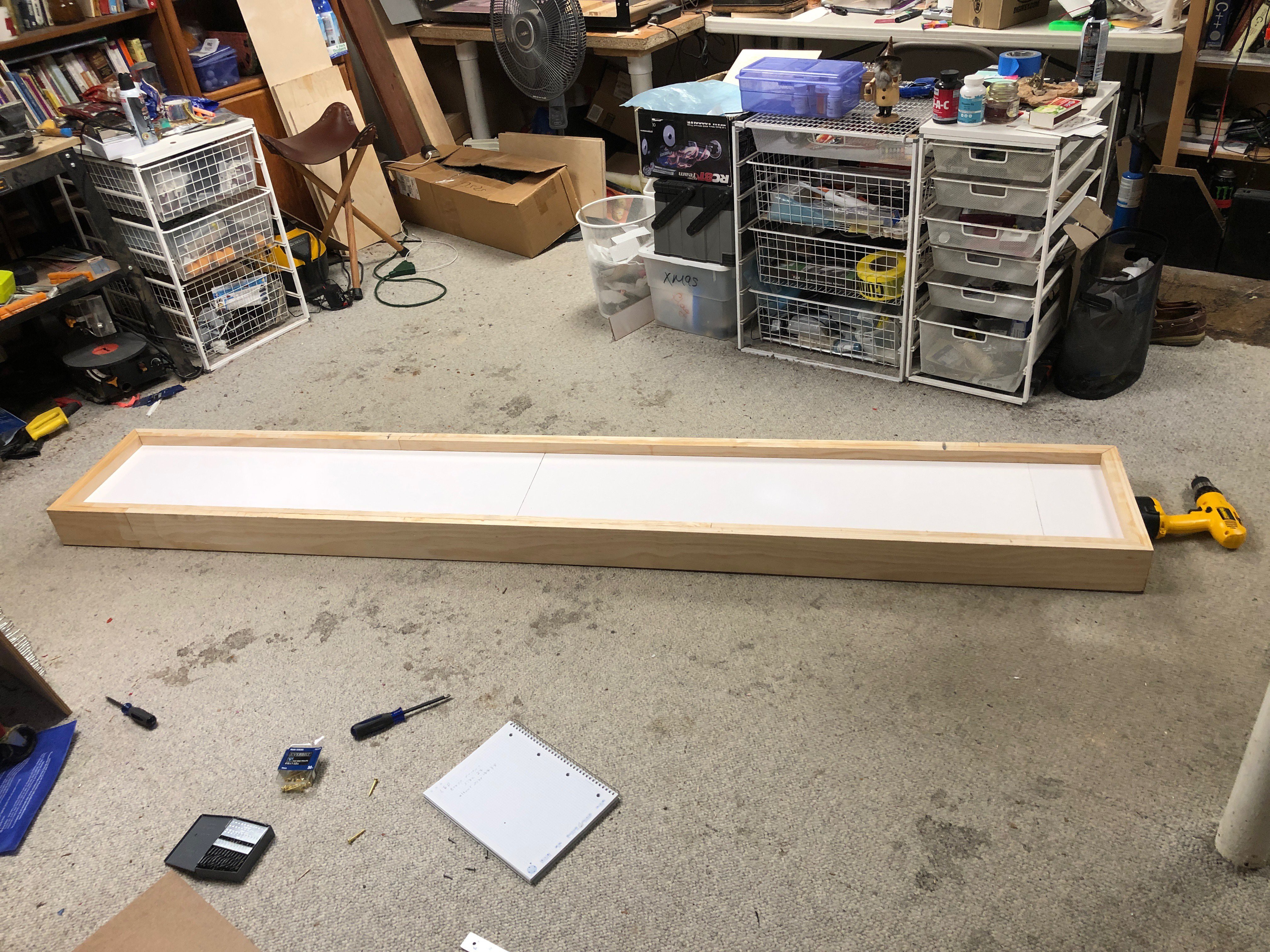
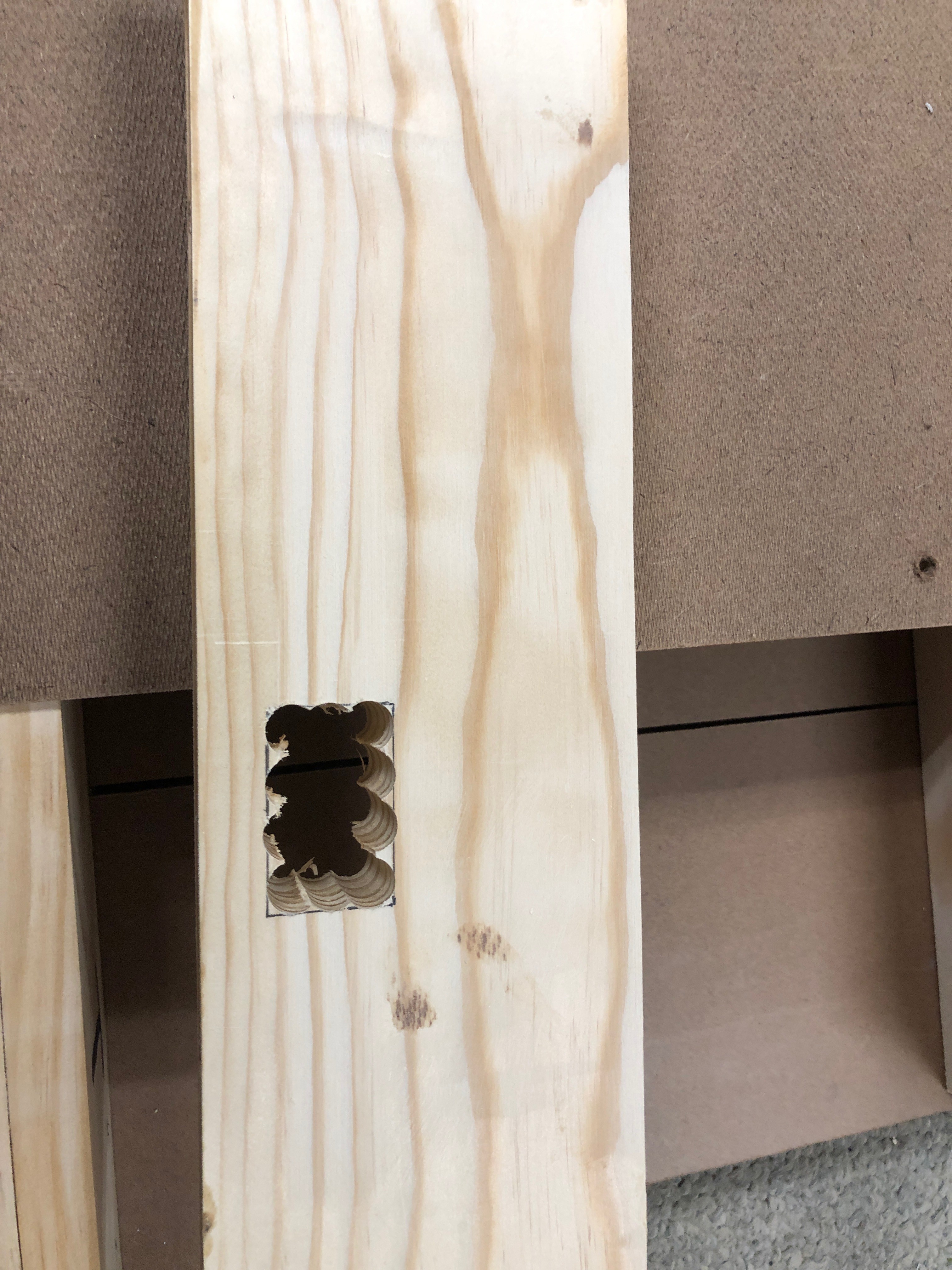
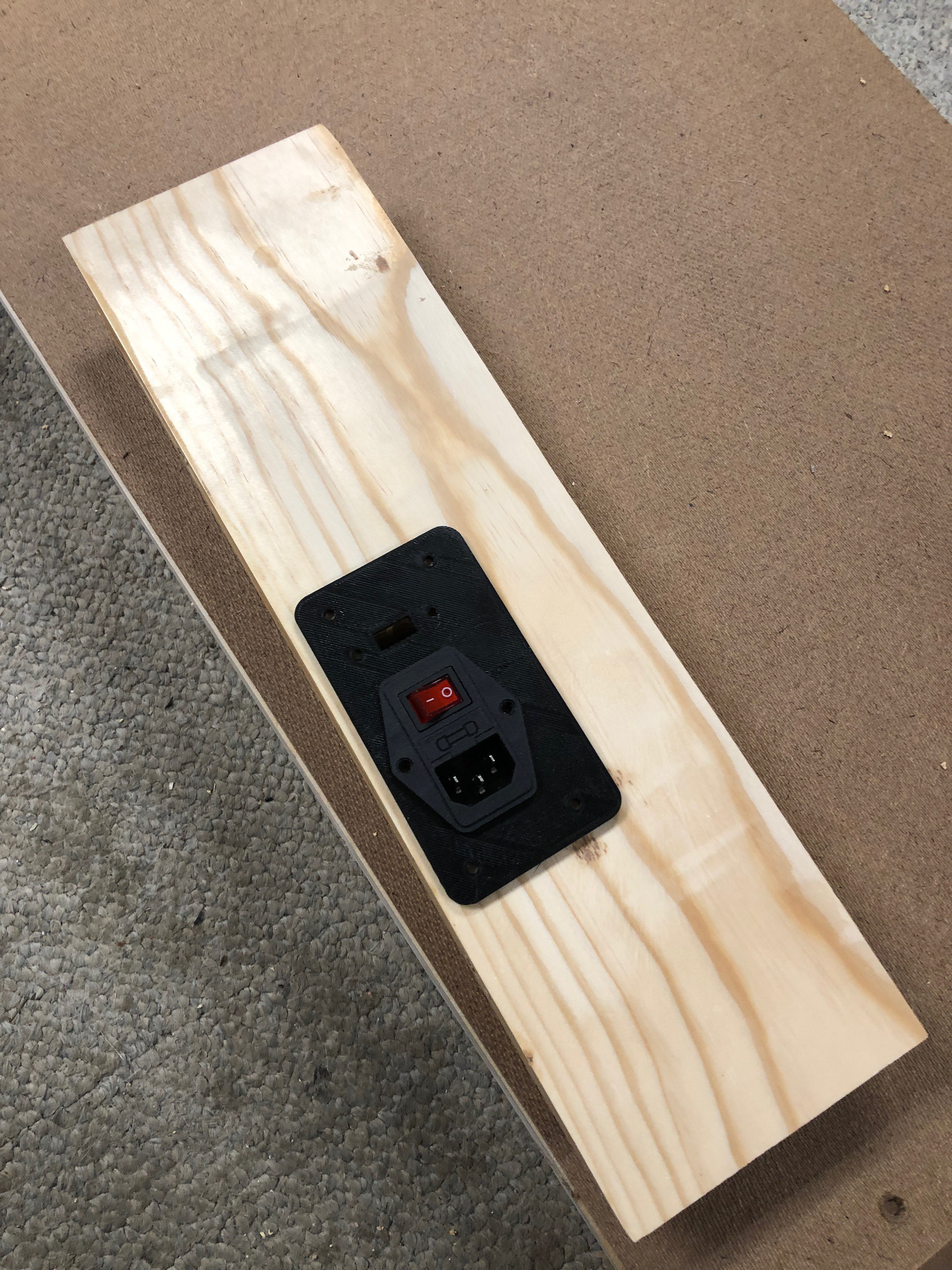
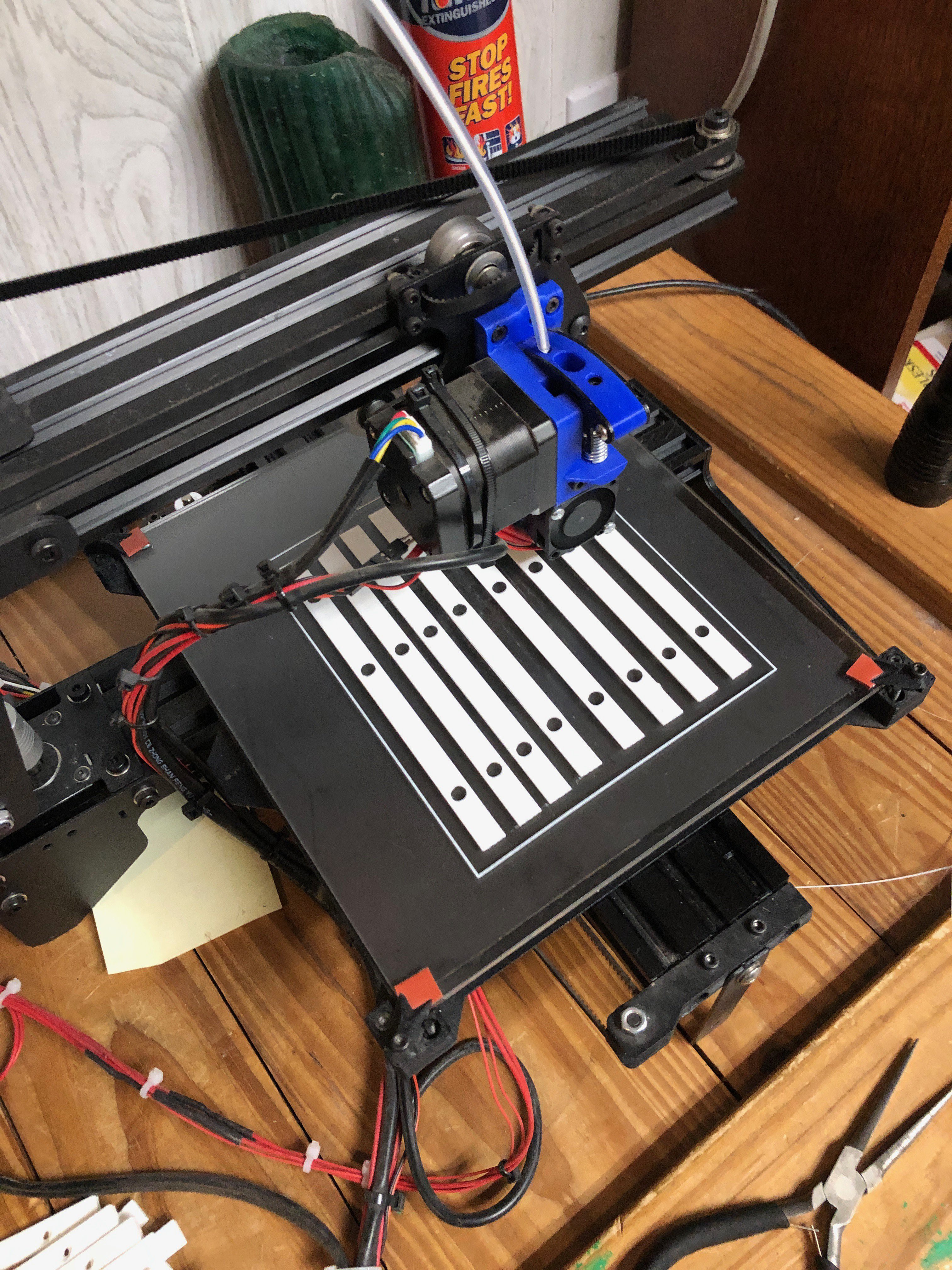

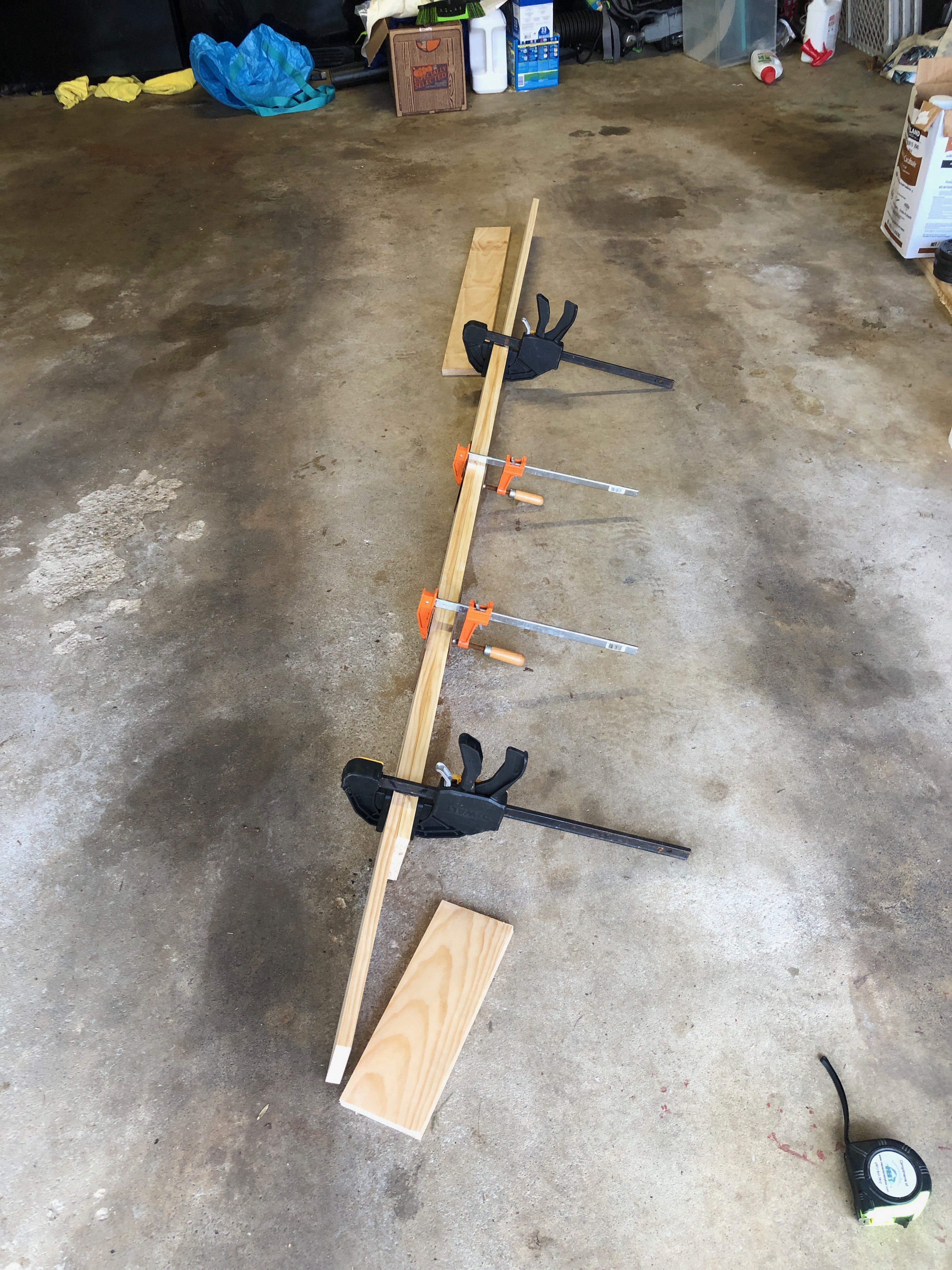
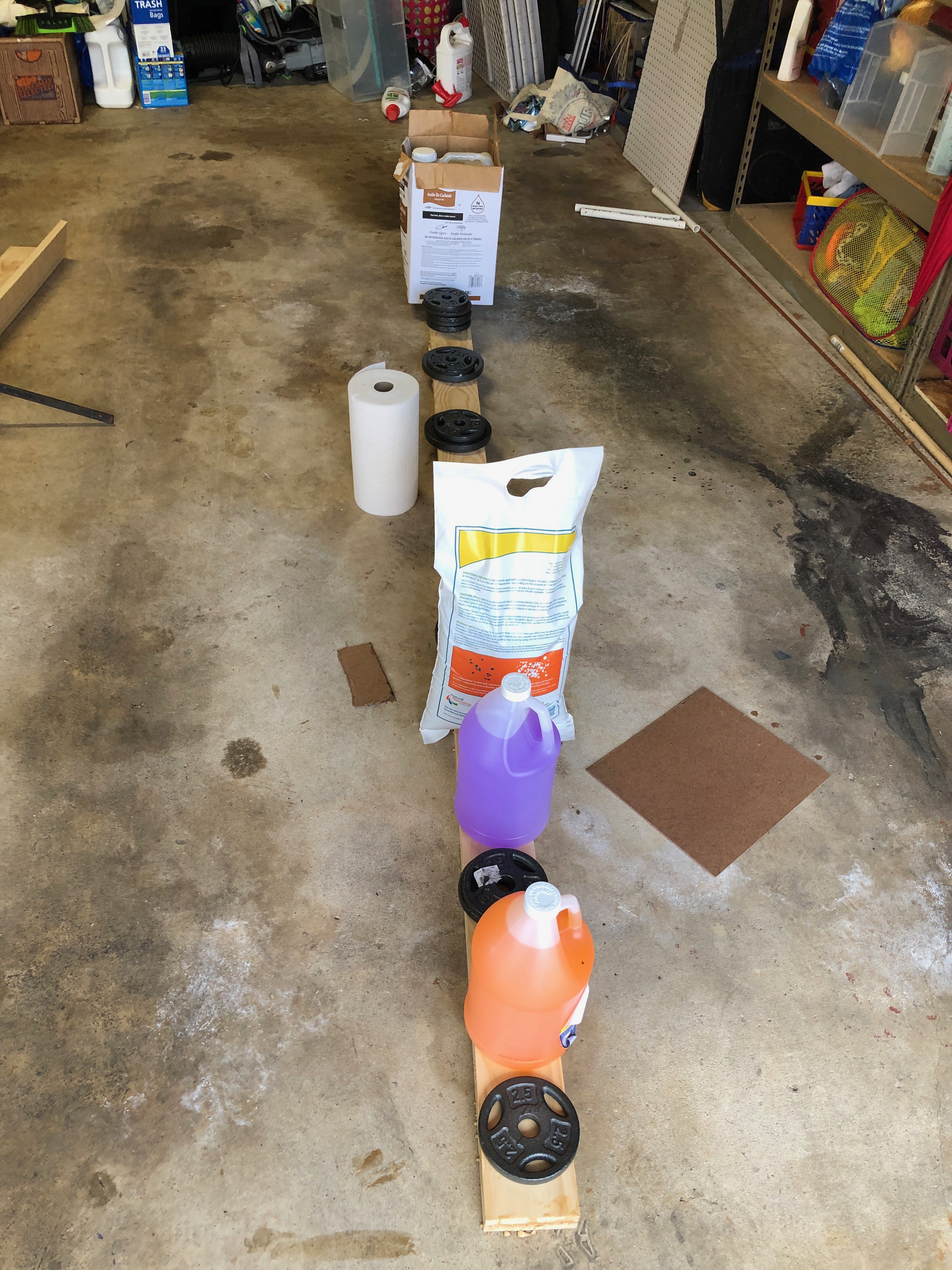
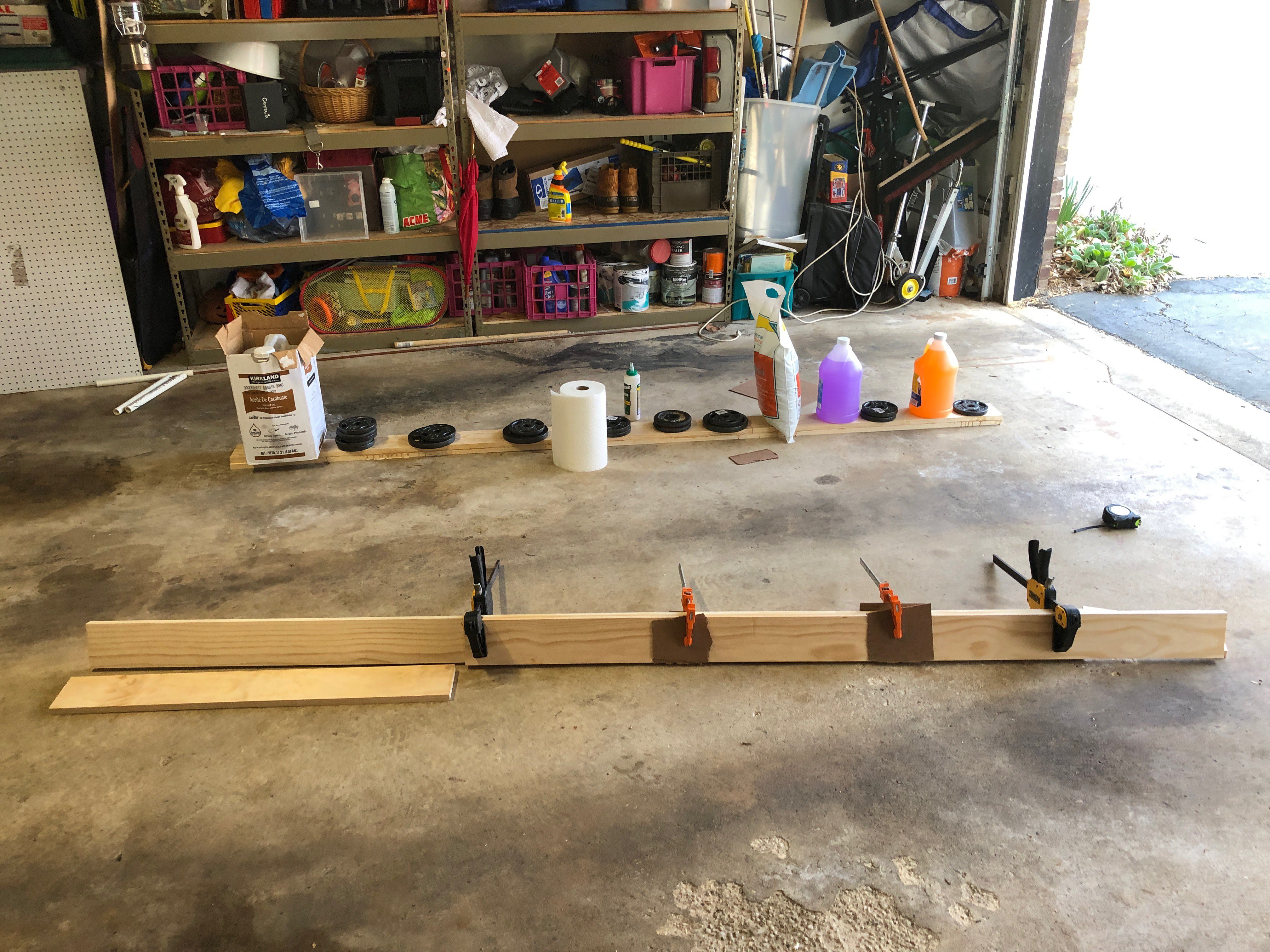
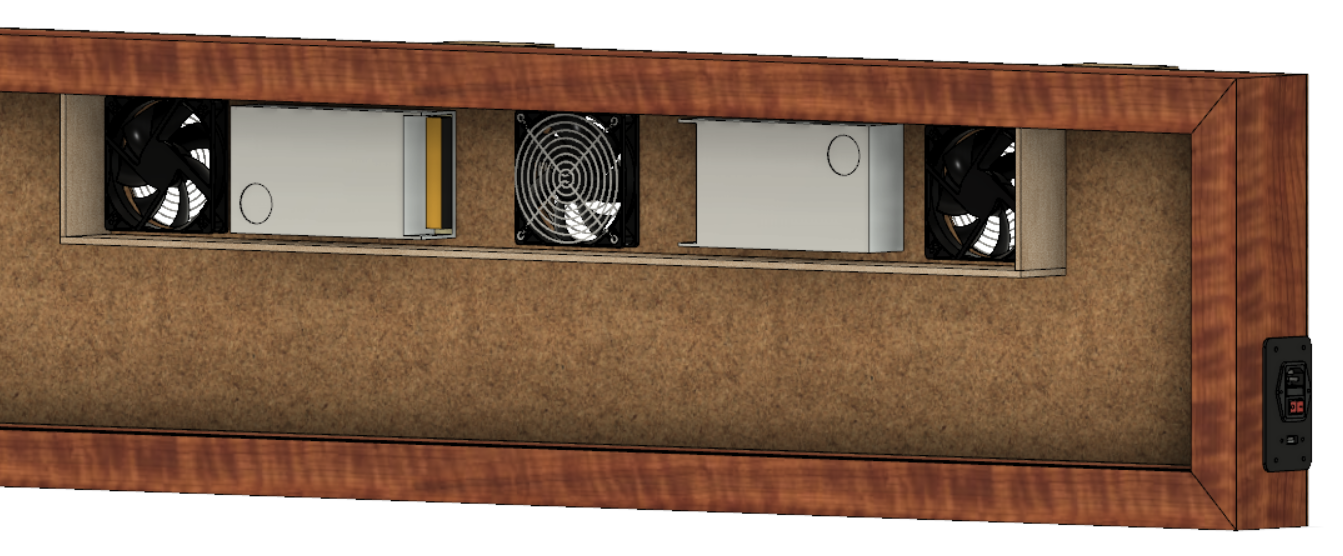
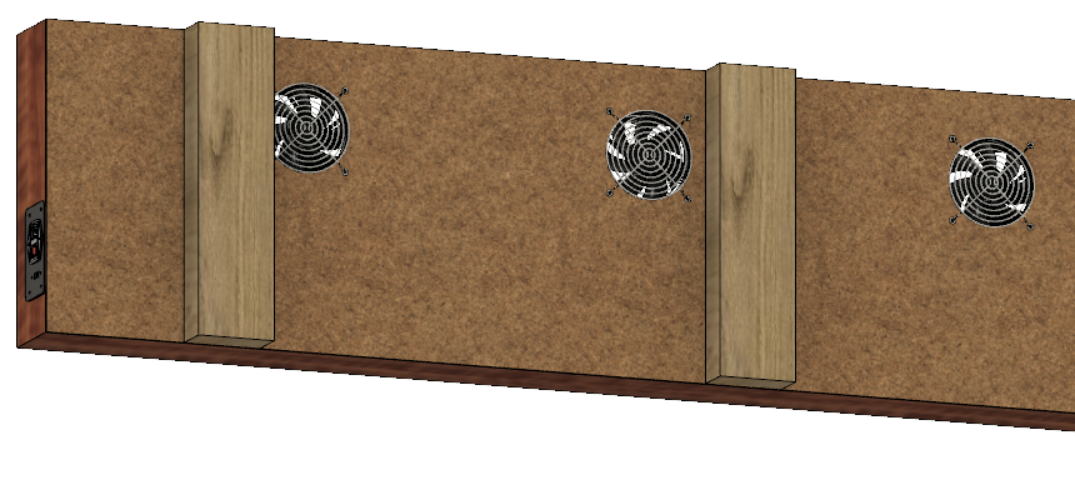
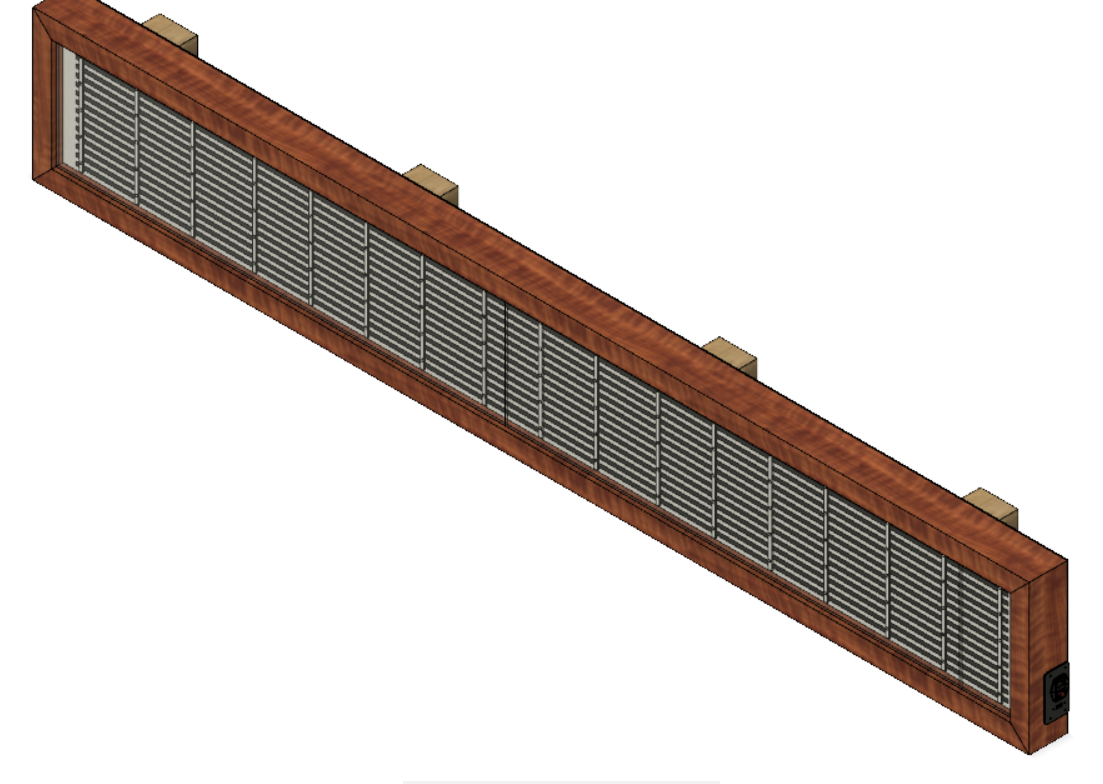
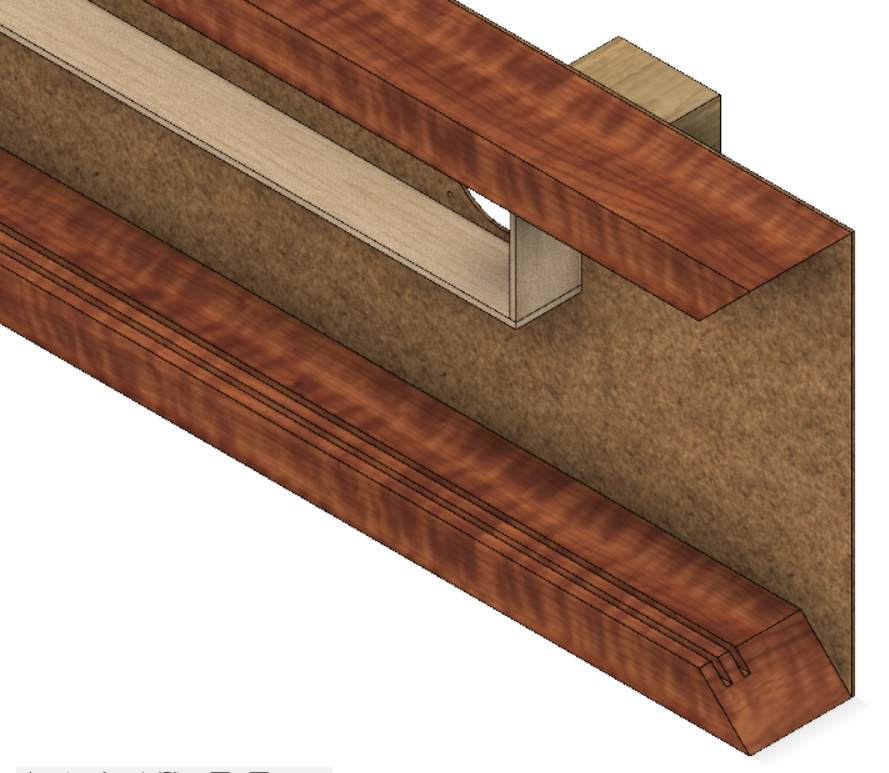
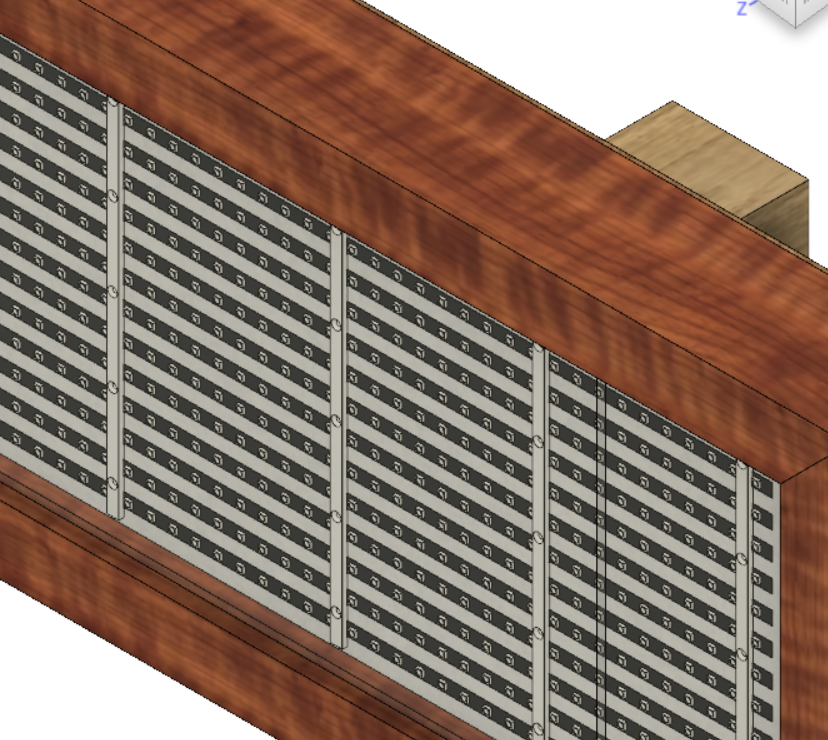
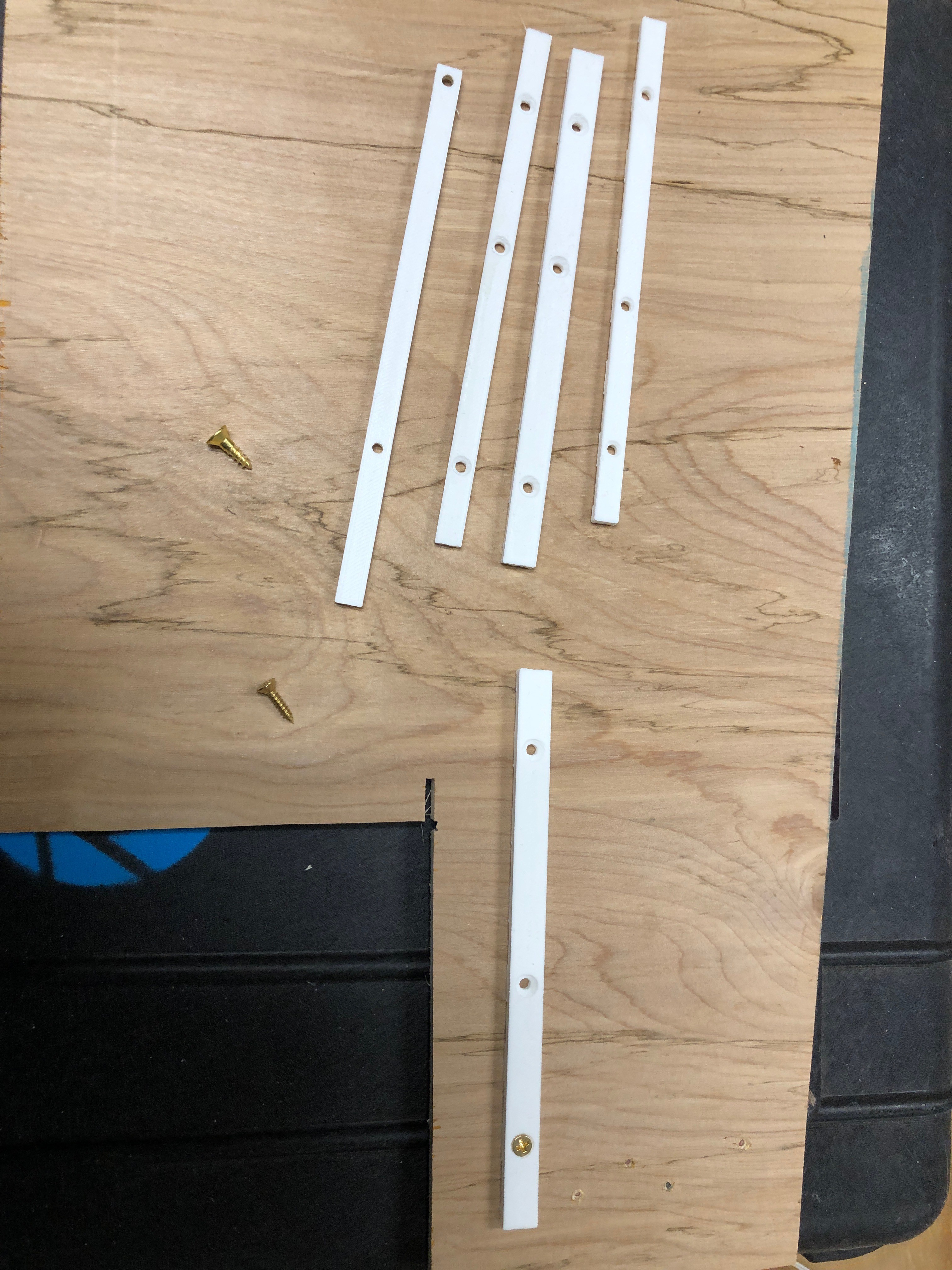

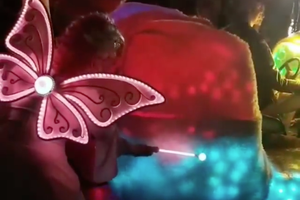
 Angela Sheehan
Angela Sheehan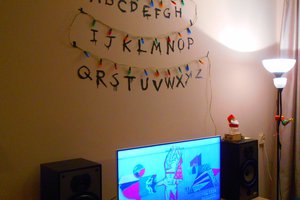
 Enrico
Enrico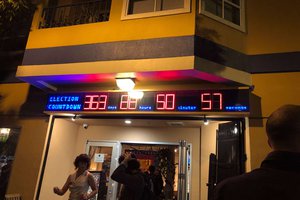
 CriptasticHacker
CriptasticHacker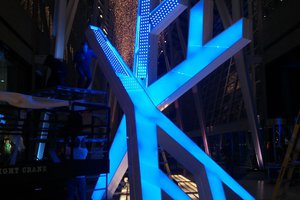
 Nicholas Stedman
Nicholas Stedman
Interesting the power requirements start to add up. Each LED can draw up to 60mA peak brightness, and I will have 2100 LEDs. You have to build for max limit. I'm not planning on having all the LEDS on for any length of time, and plan on running at 150 brightness level. I will have to adjust this depending on how it looks in the location in the barn. The environment concerns me, it is in a rabbit barn, not in direct sun light, no AC and will be running non-stop for about 10 days, I want to over engineer :D I've added three fans and the power supplies have built in fans.